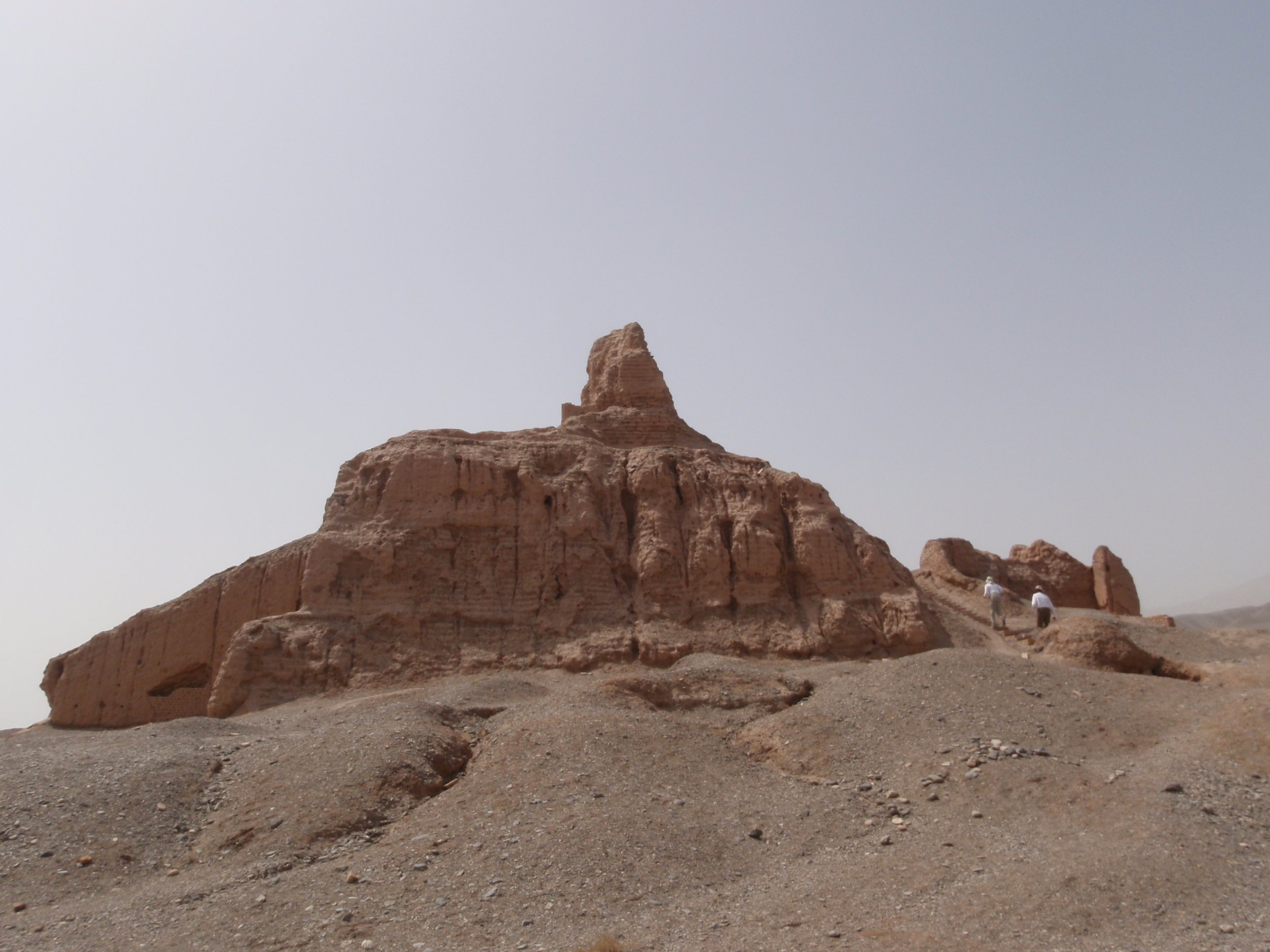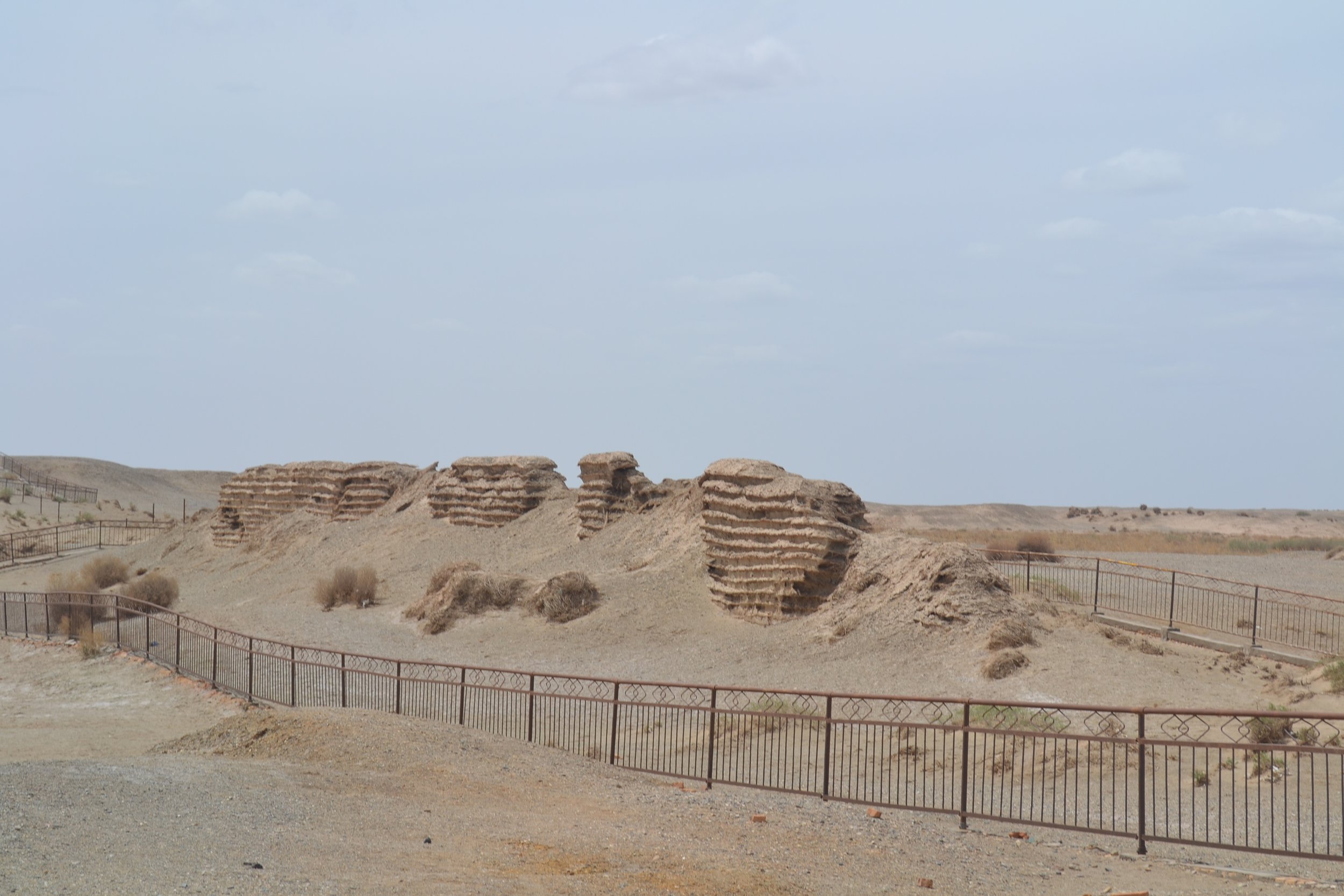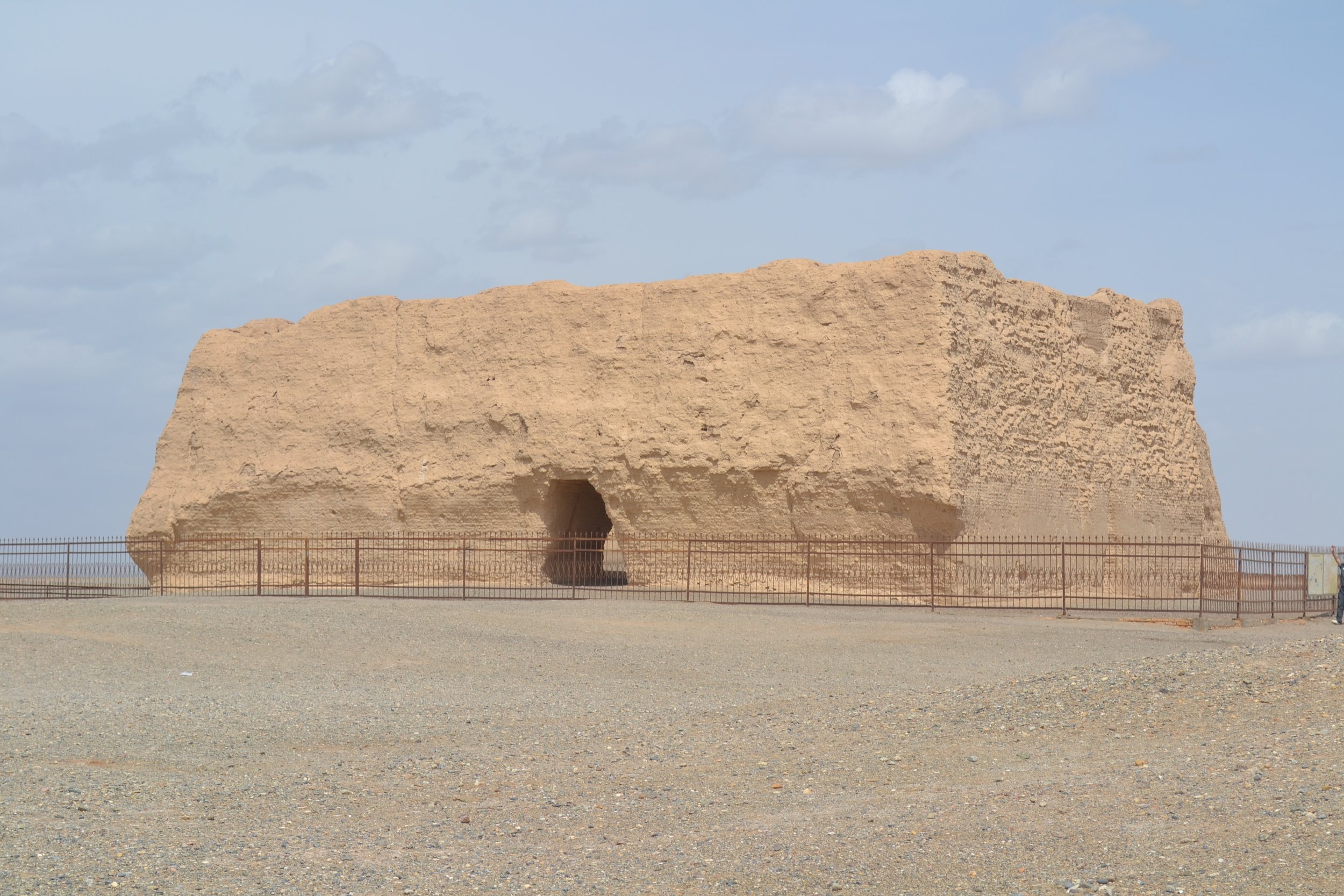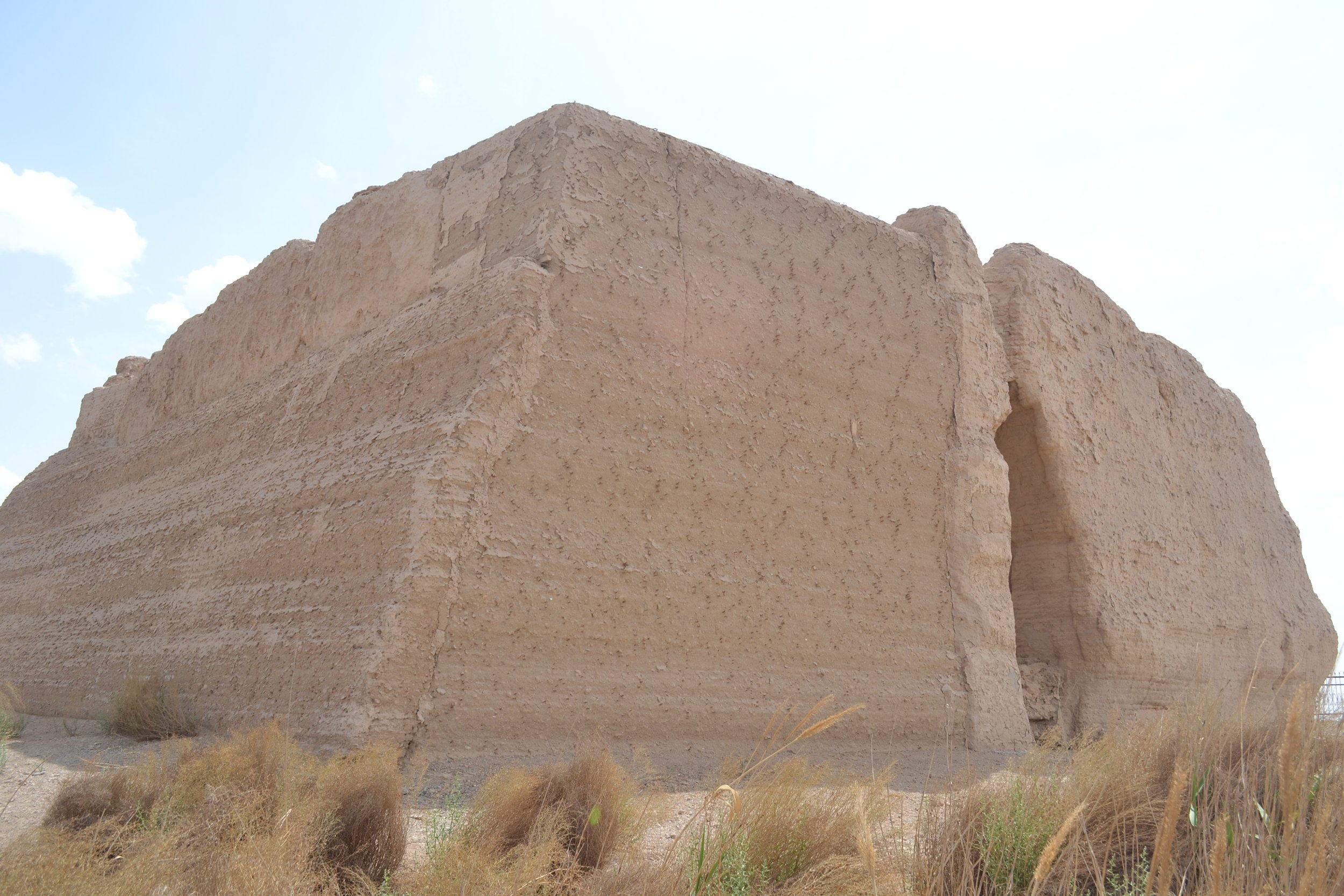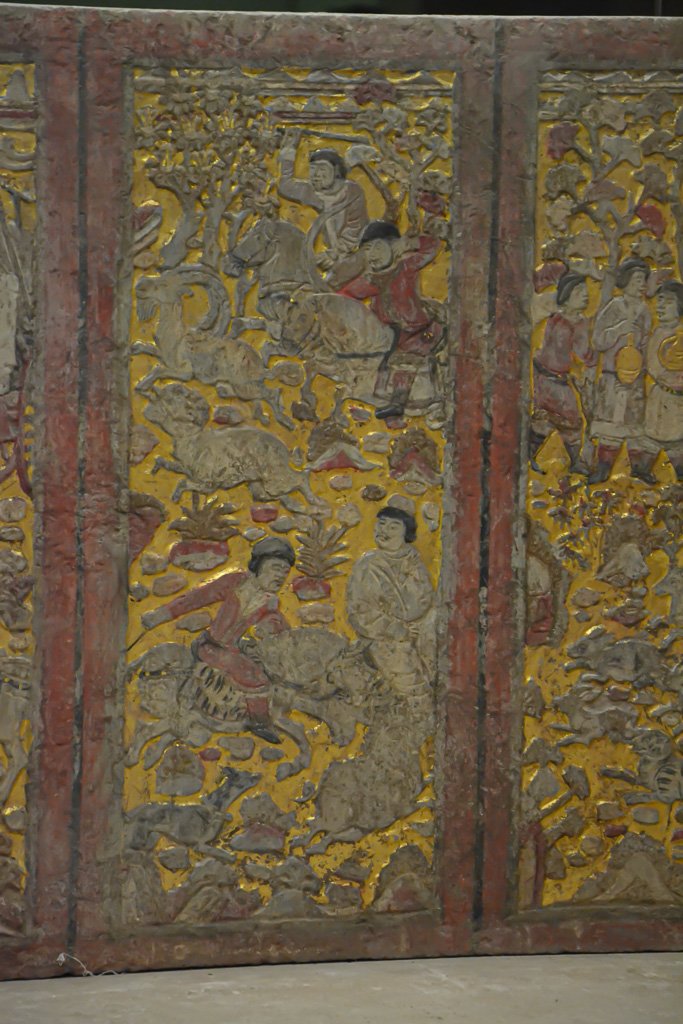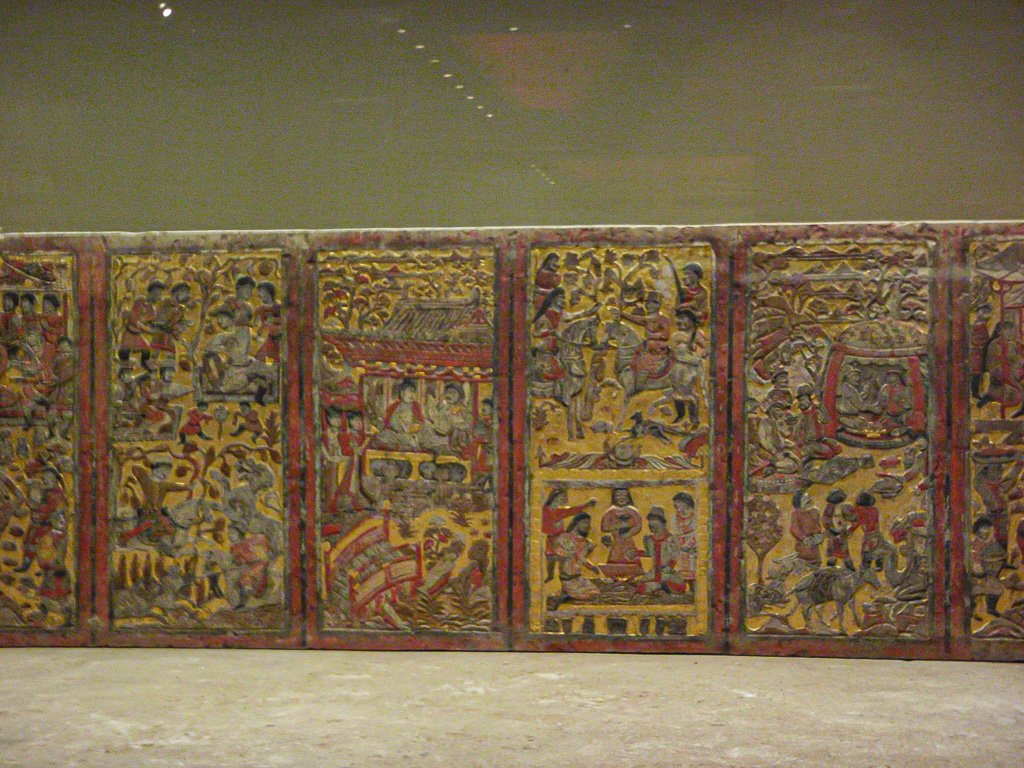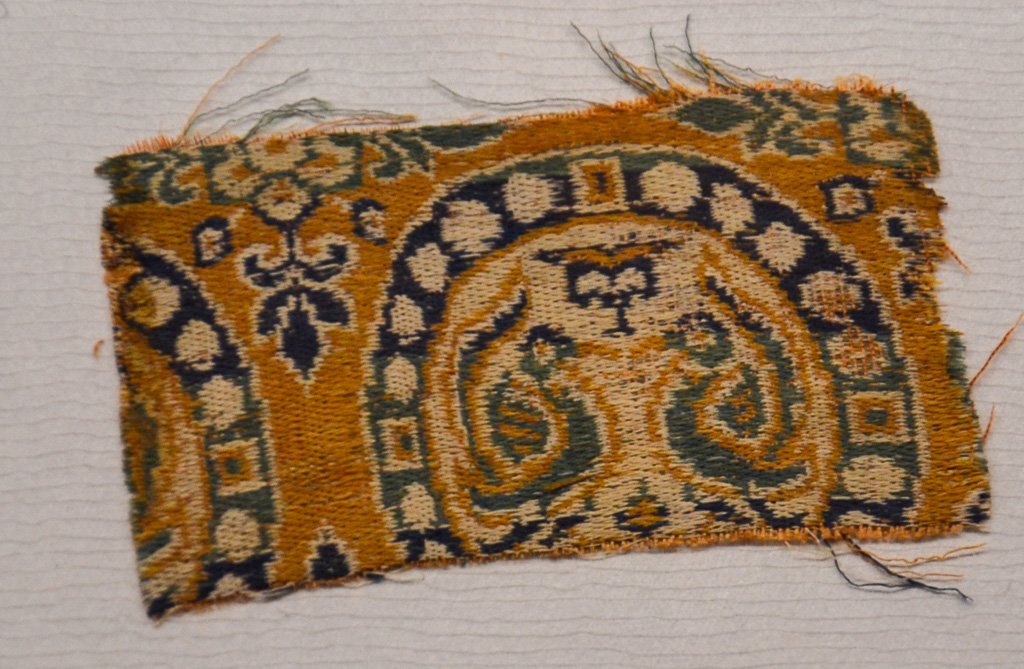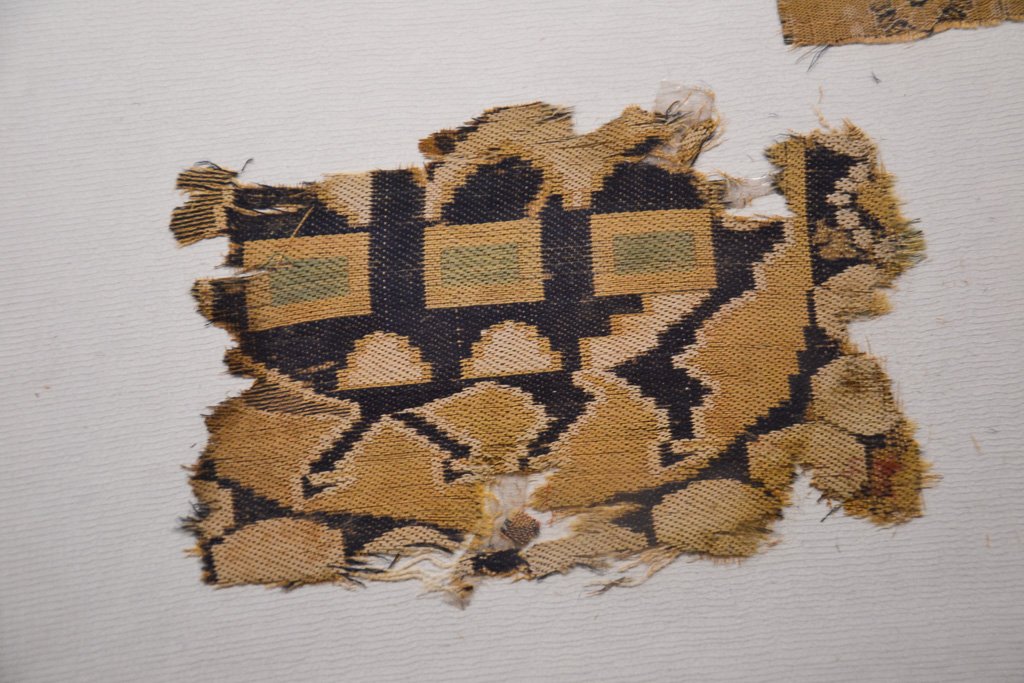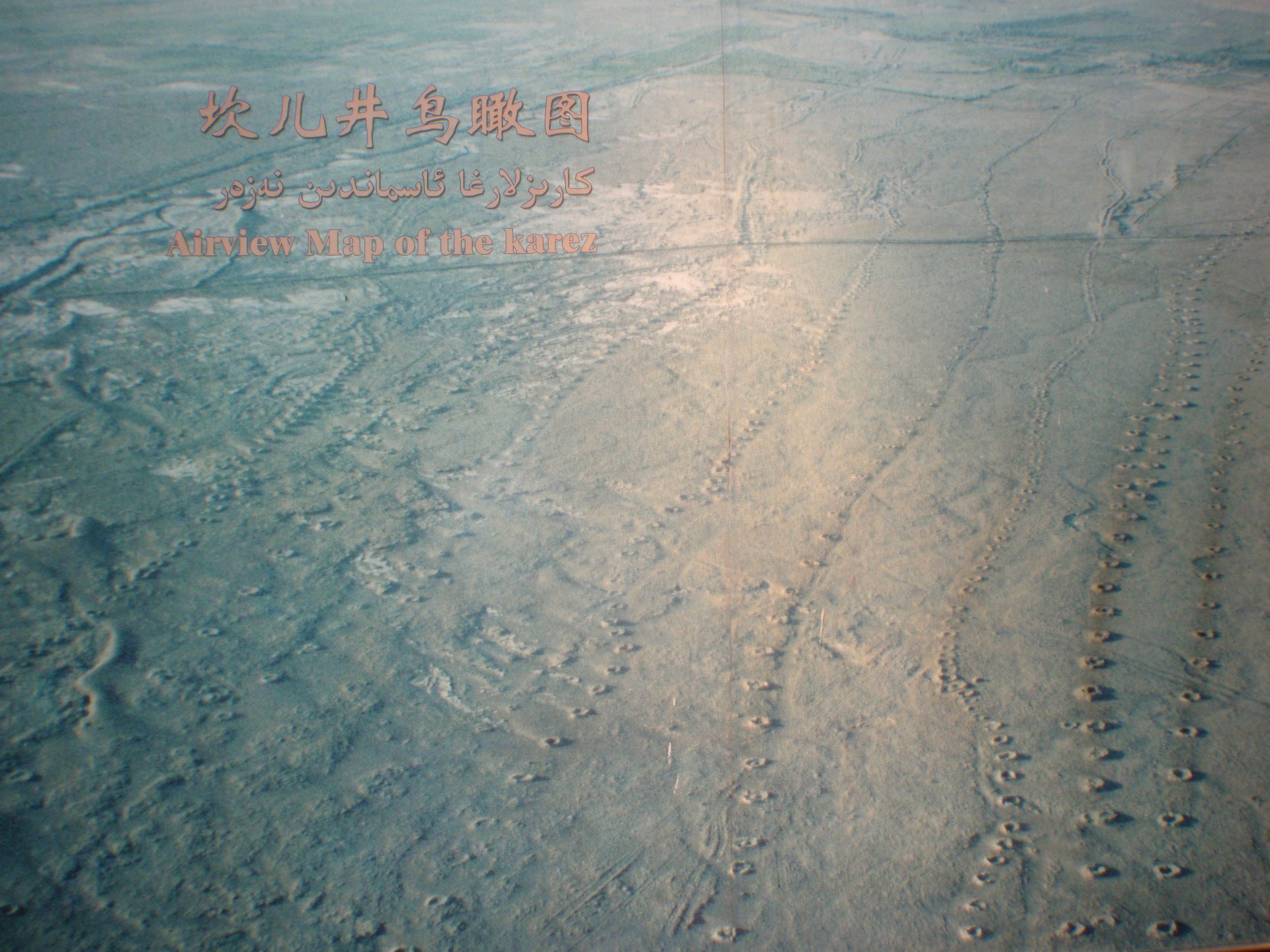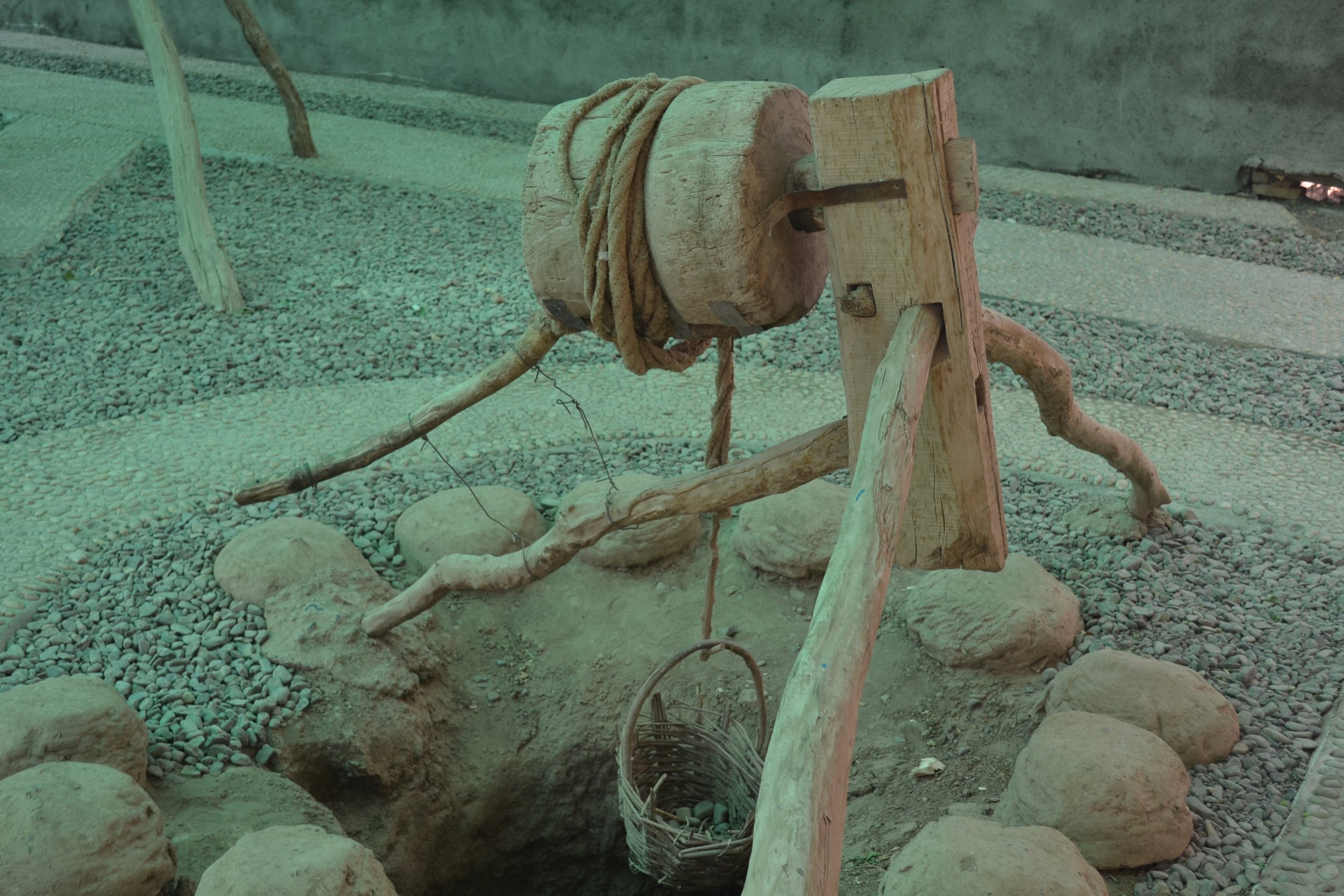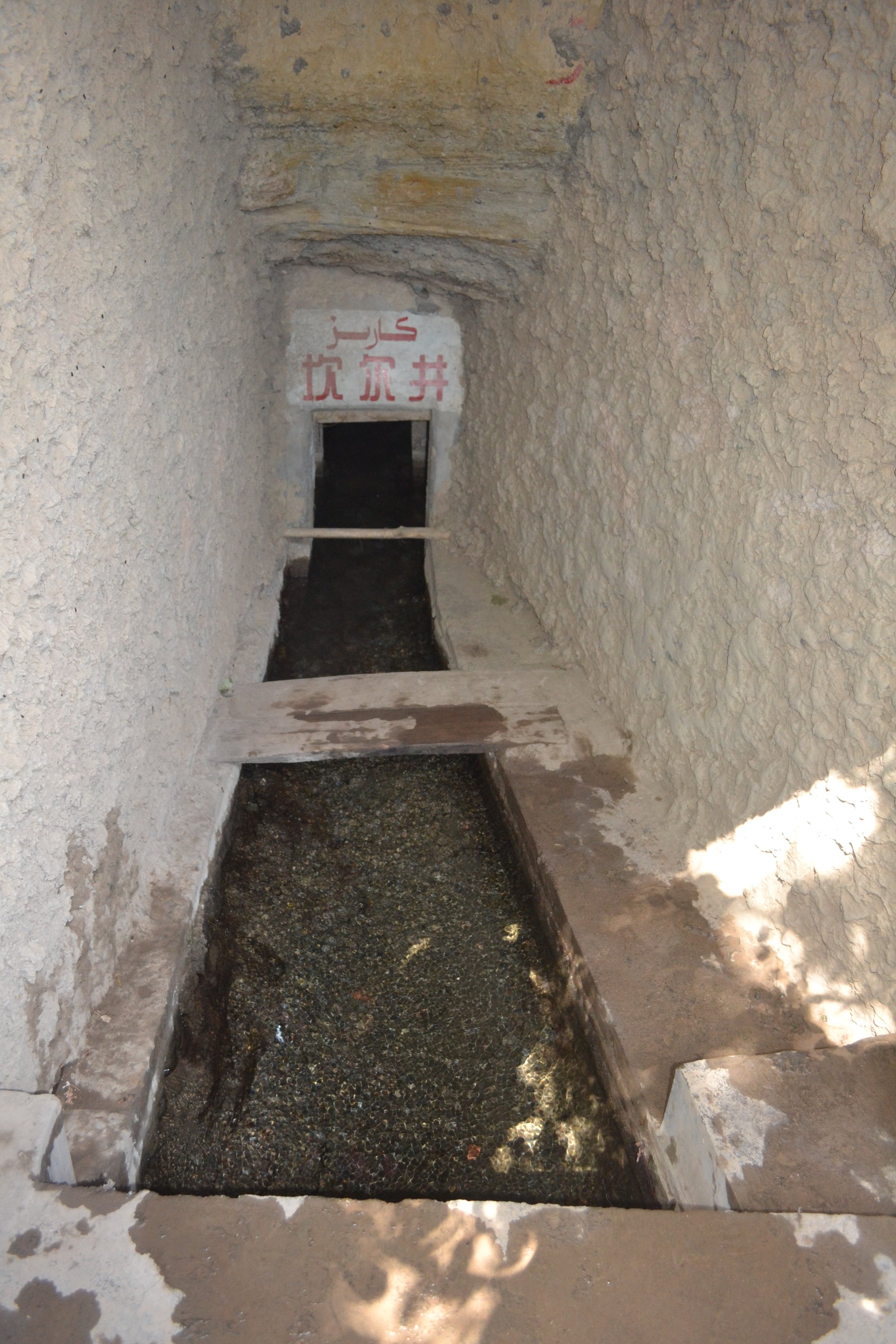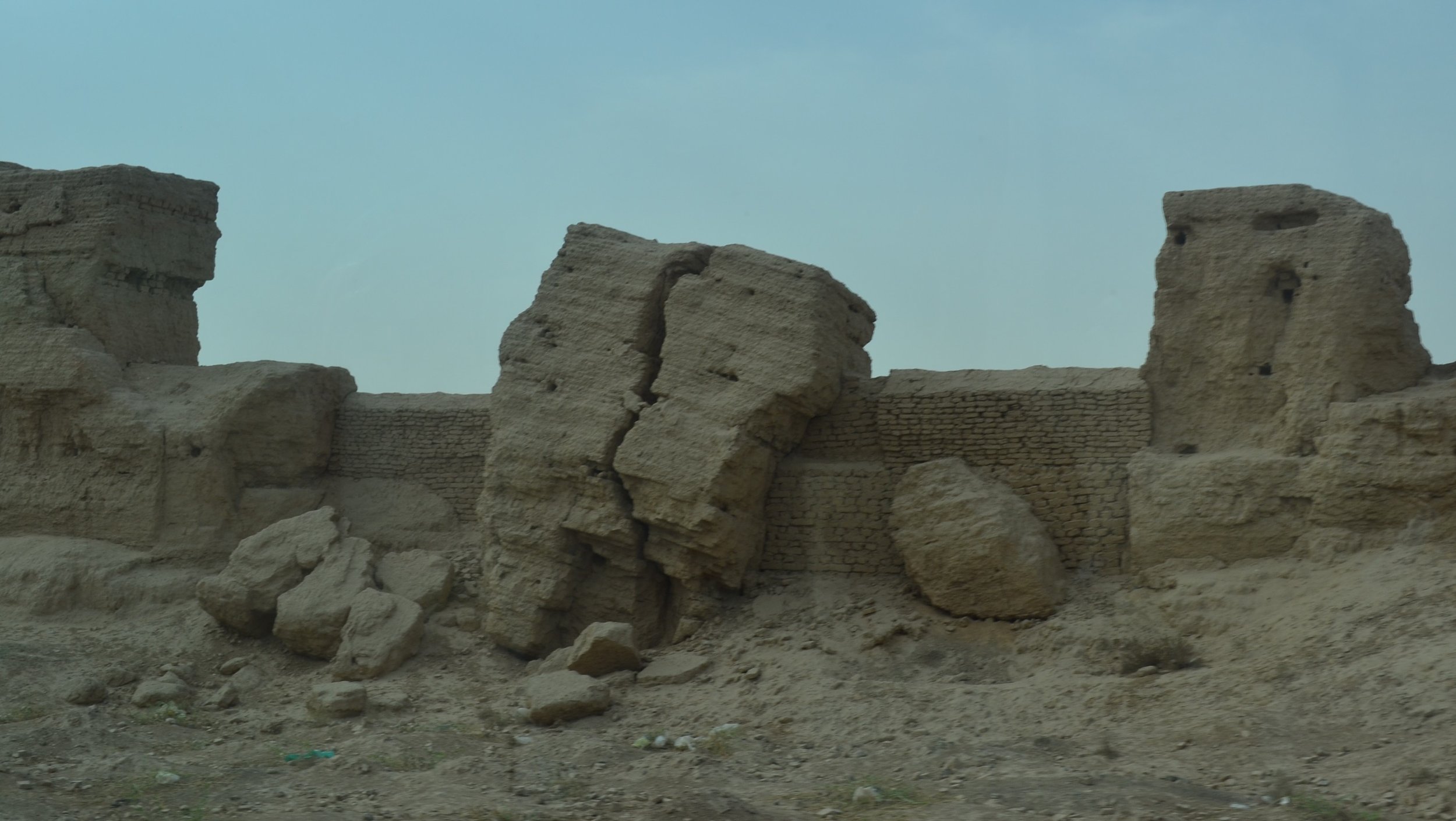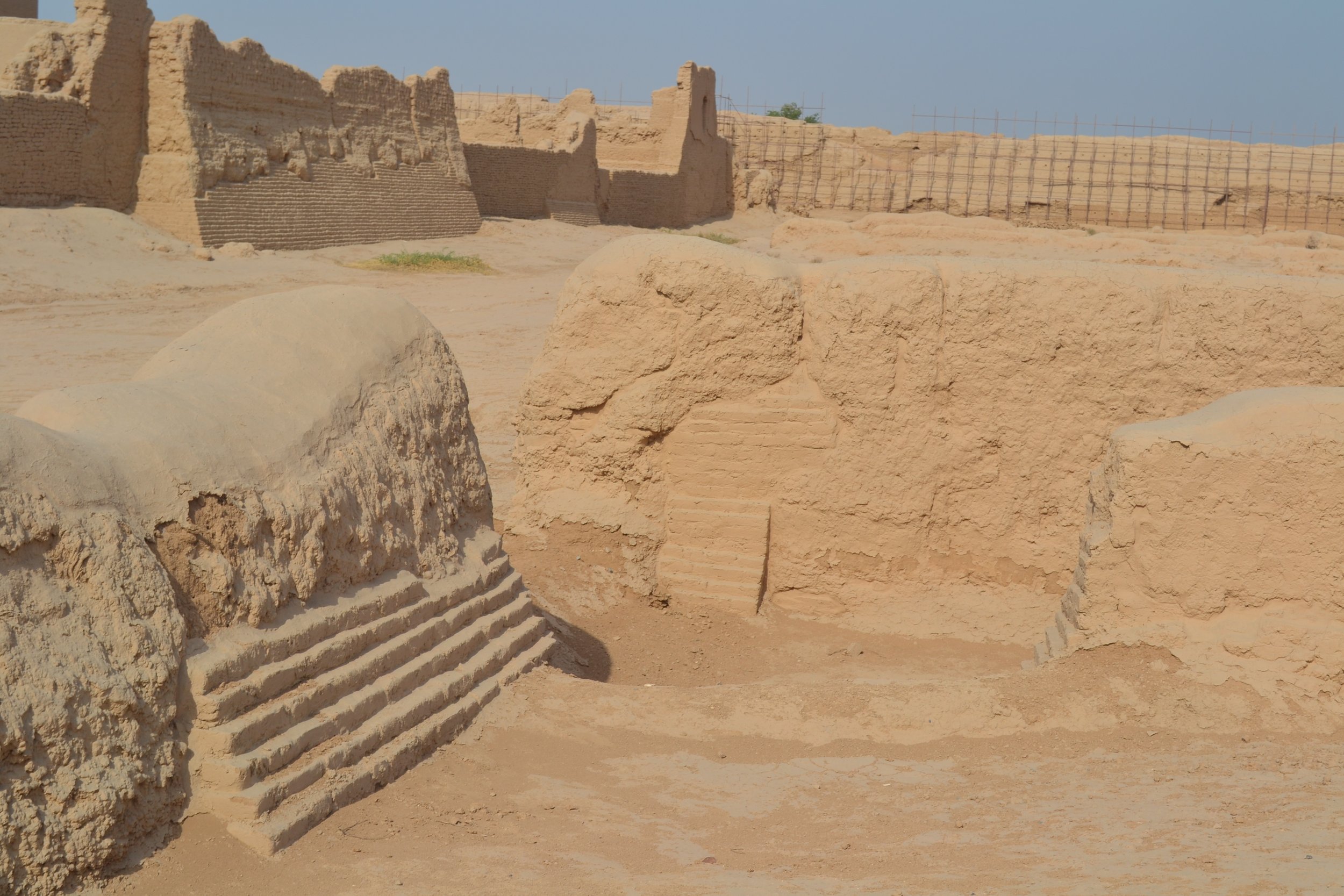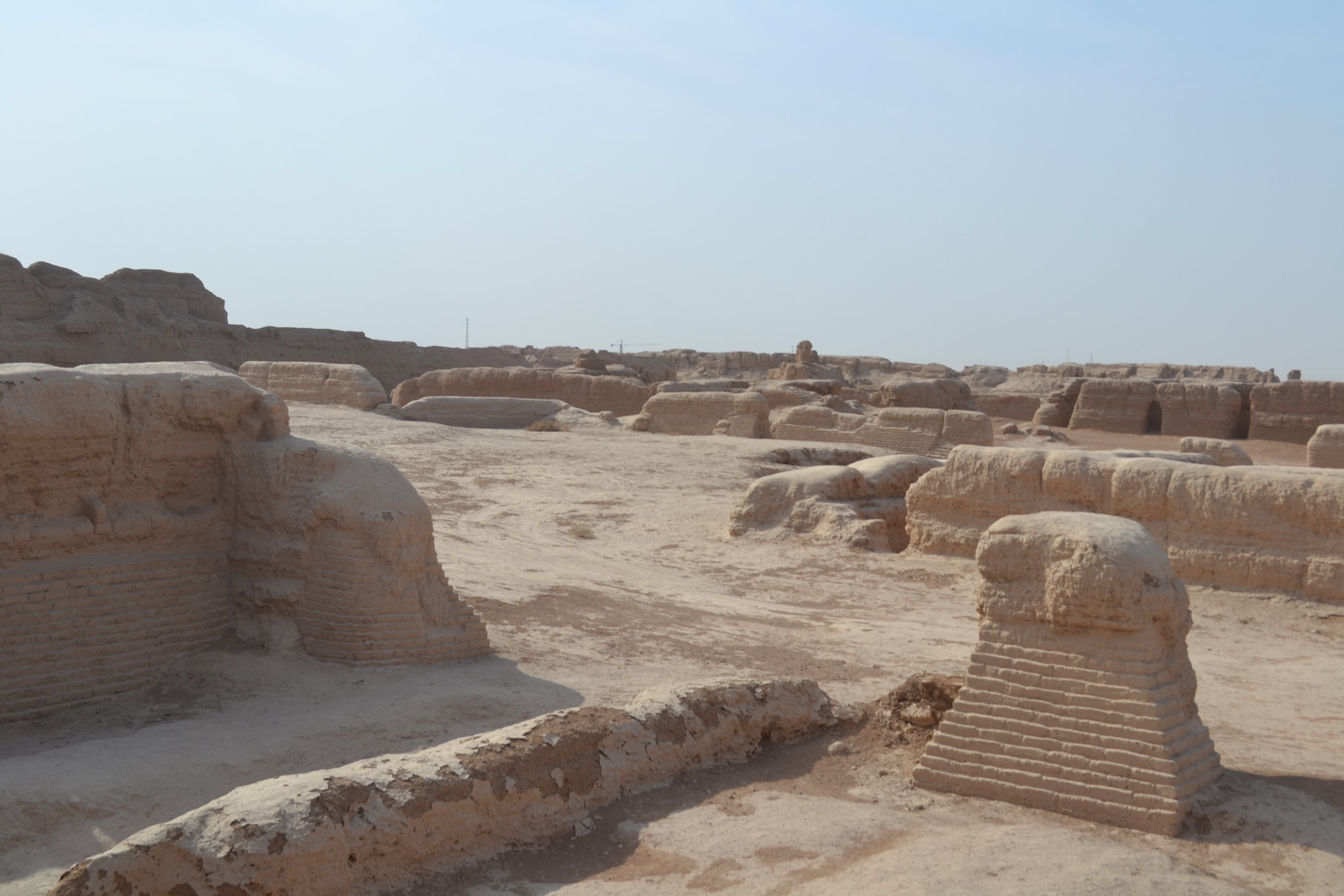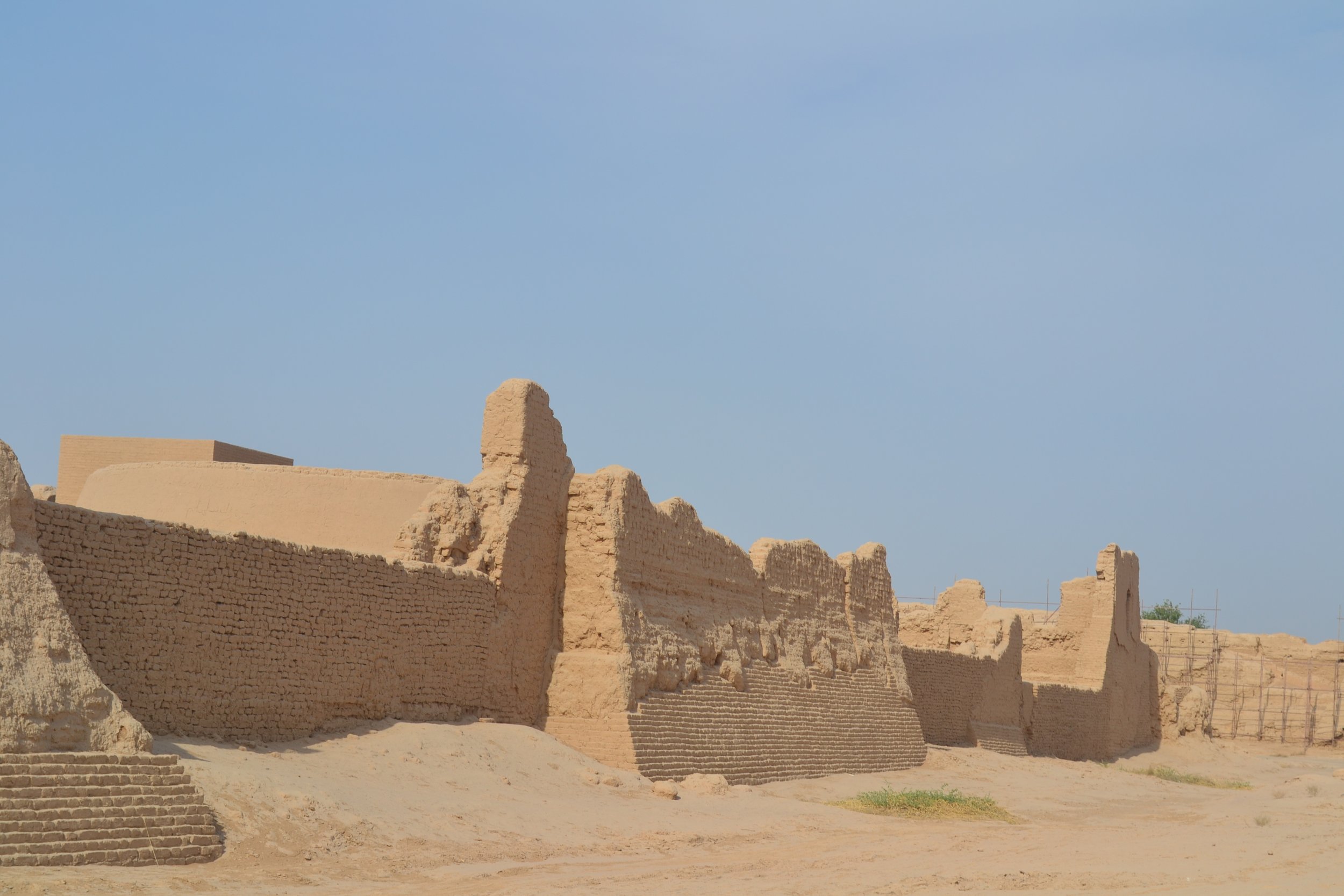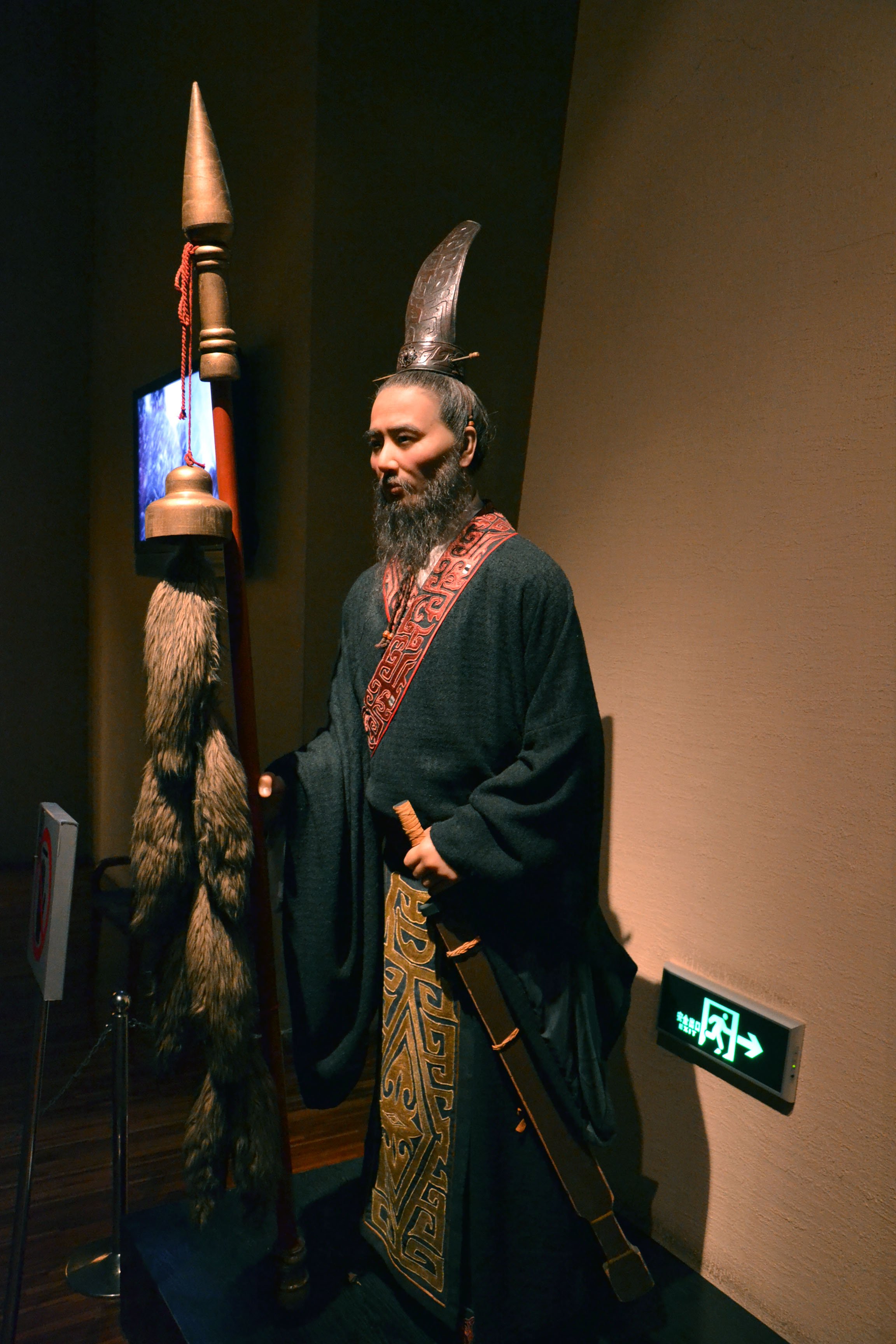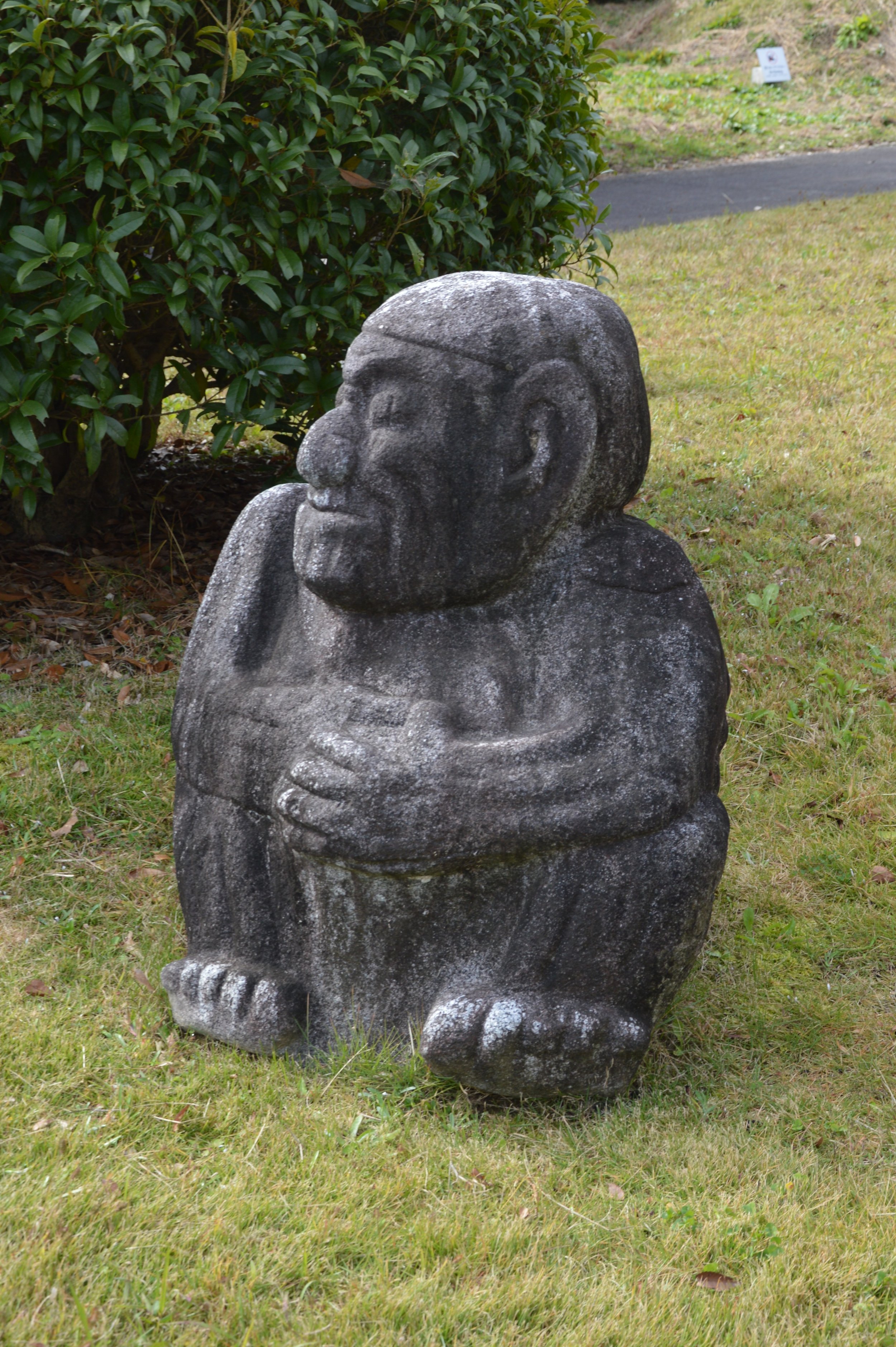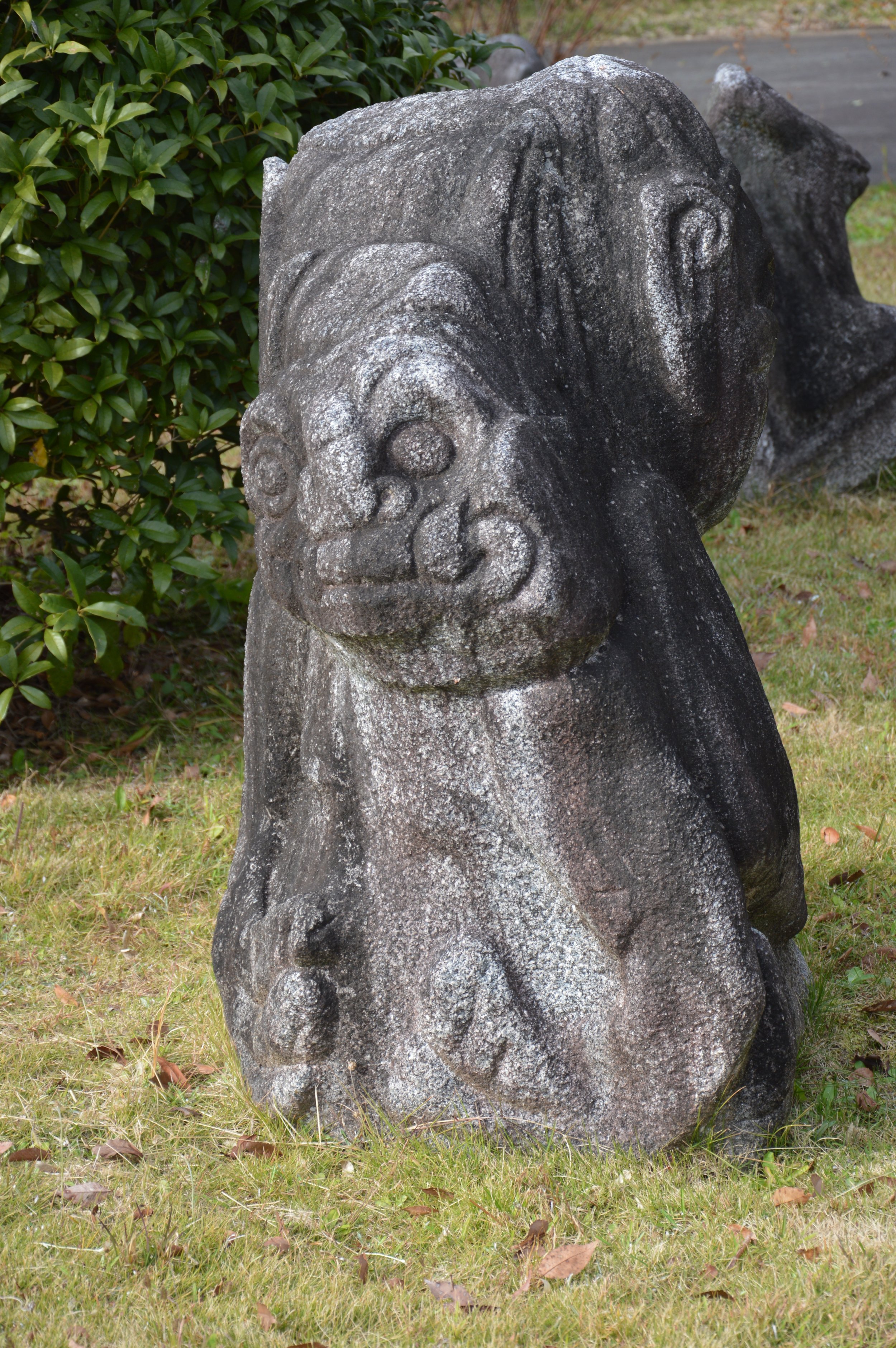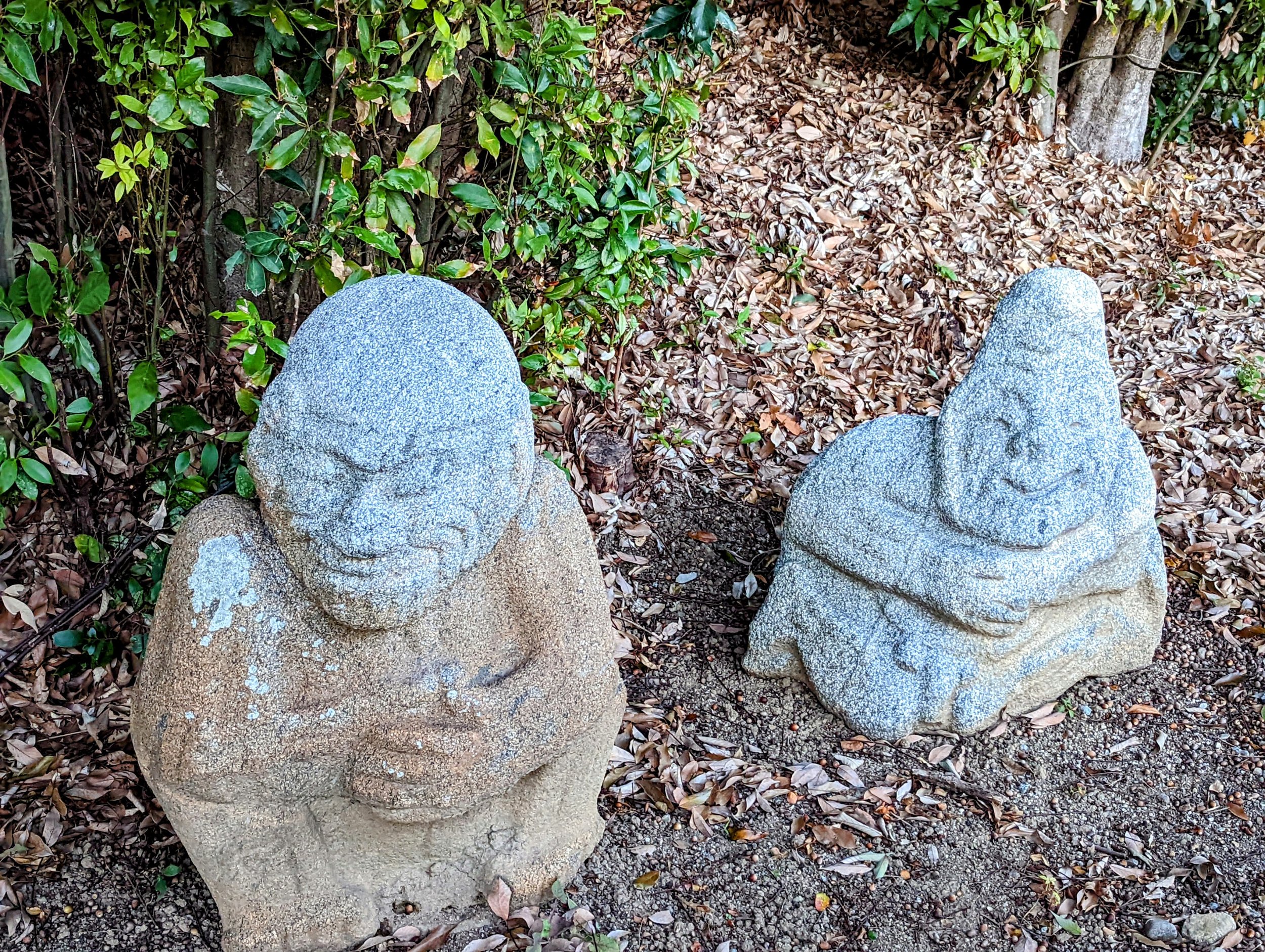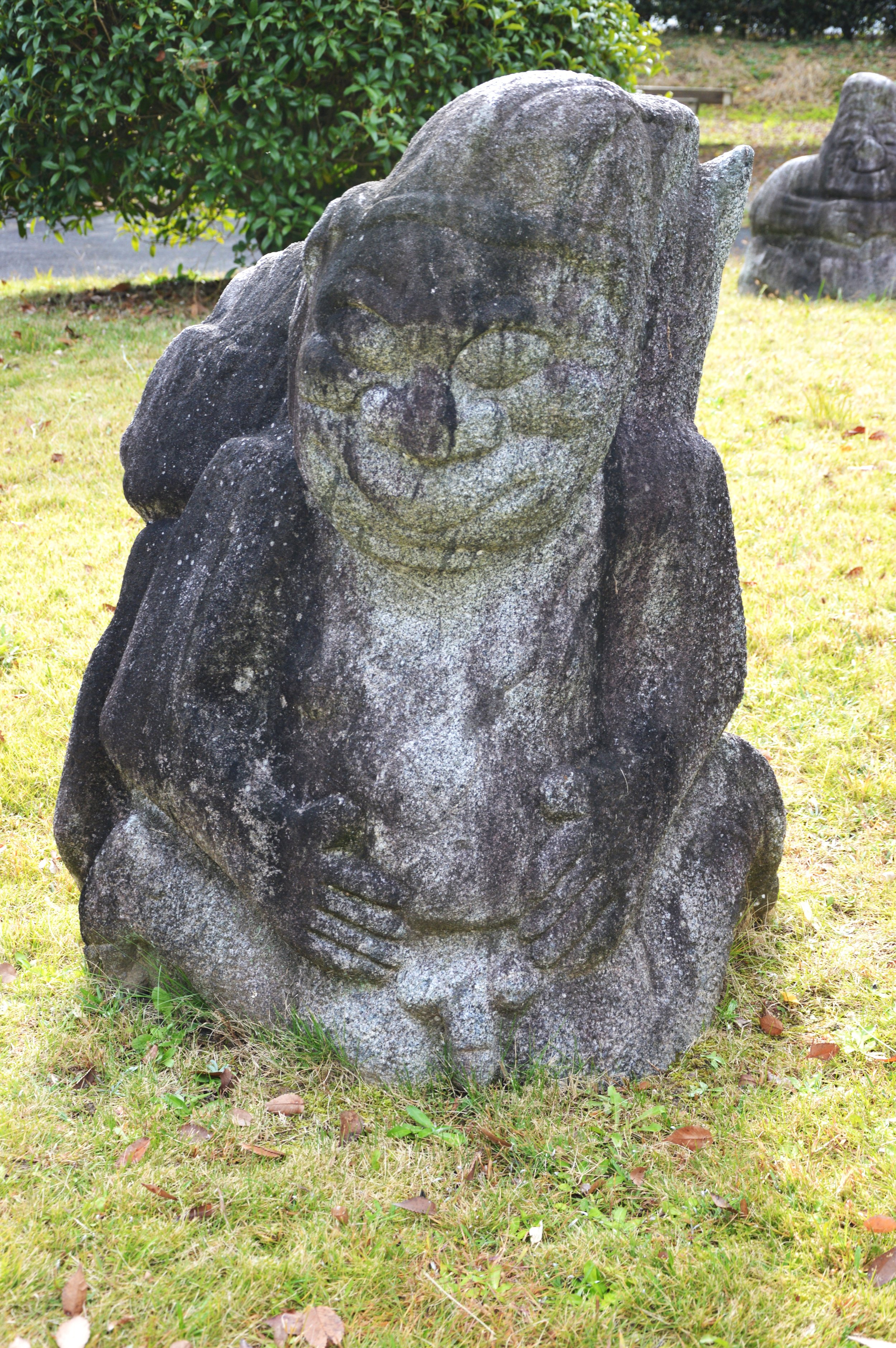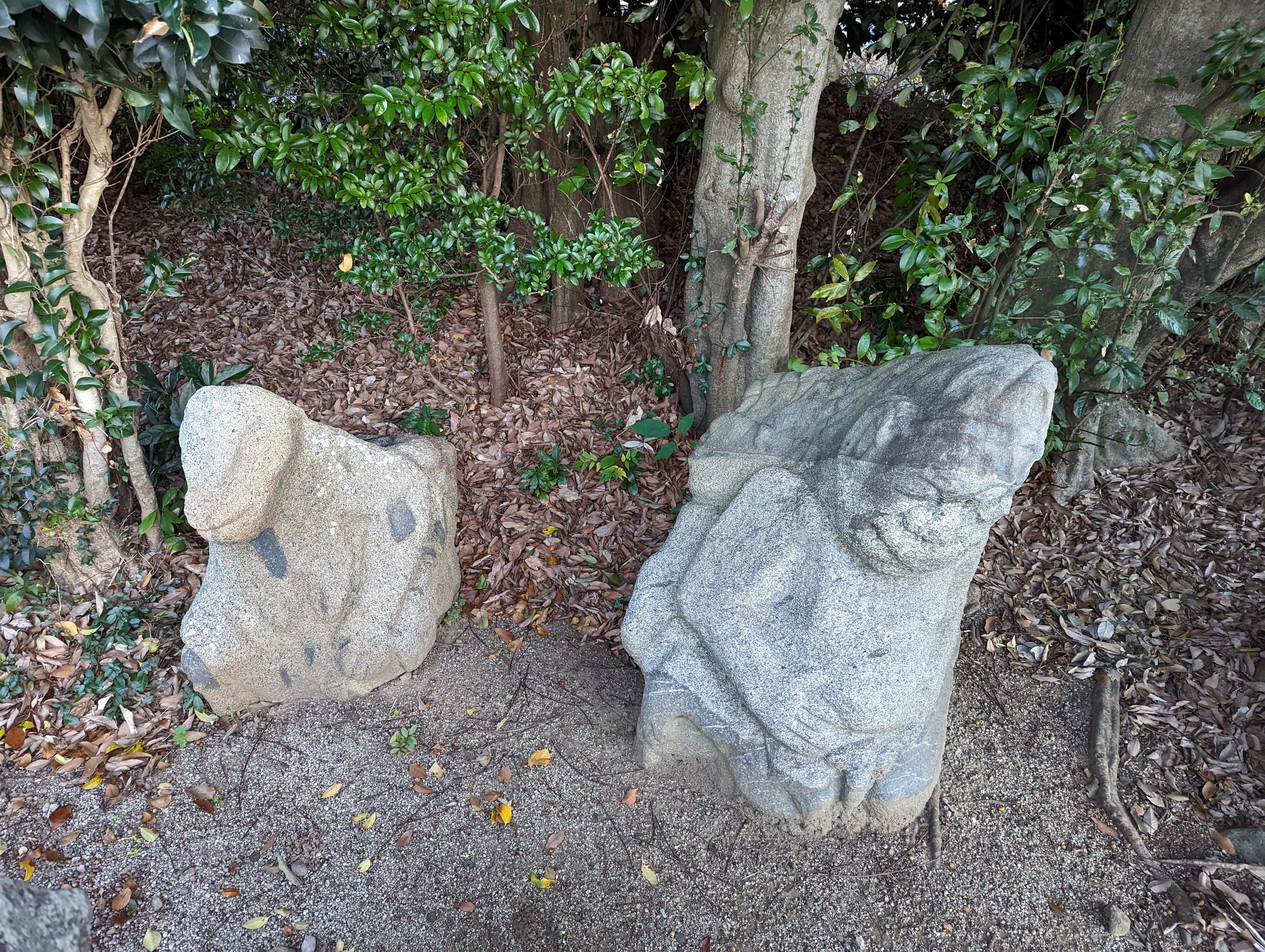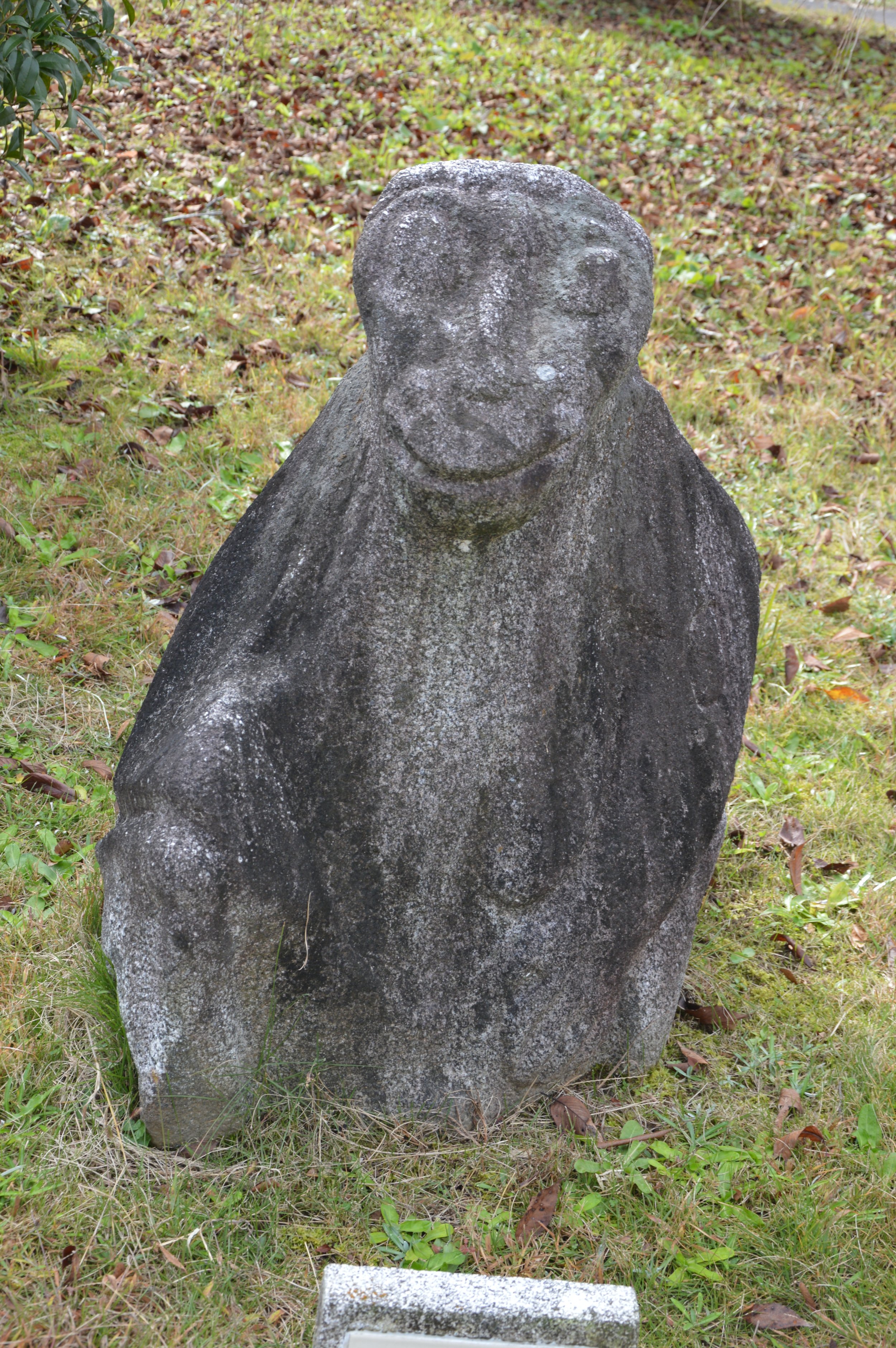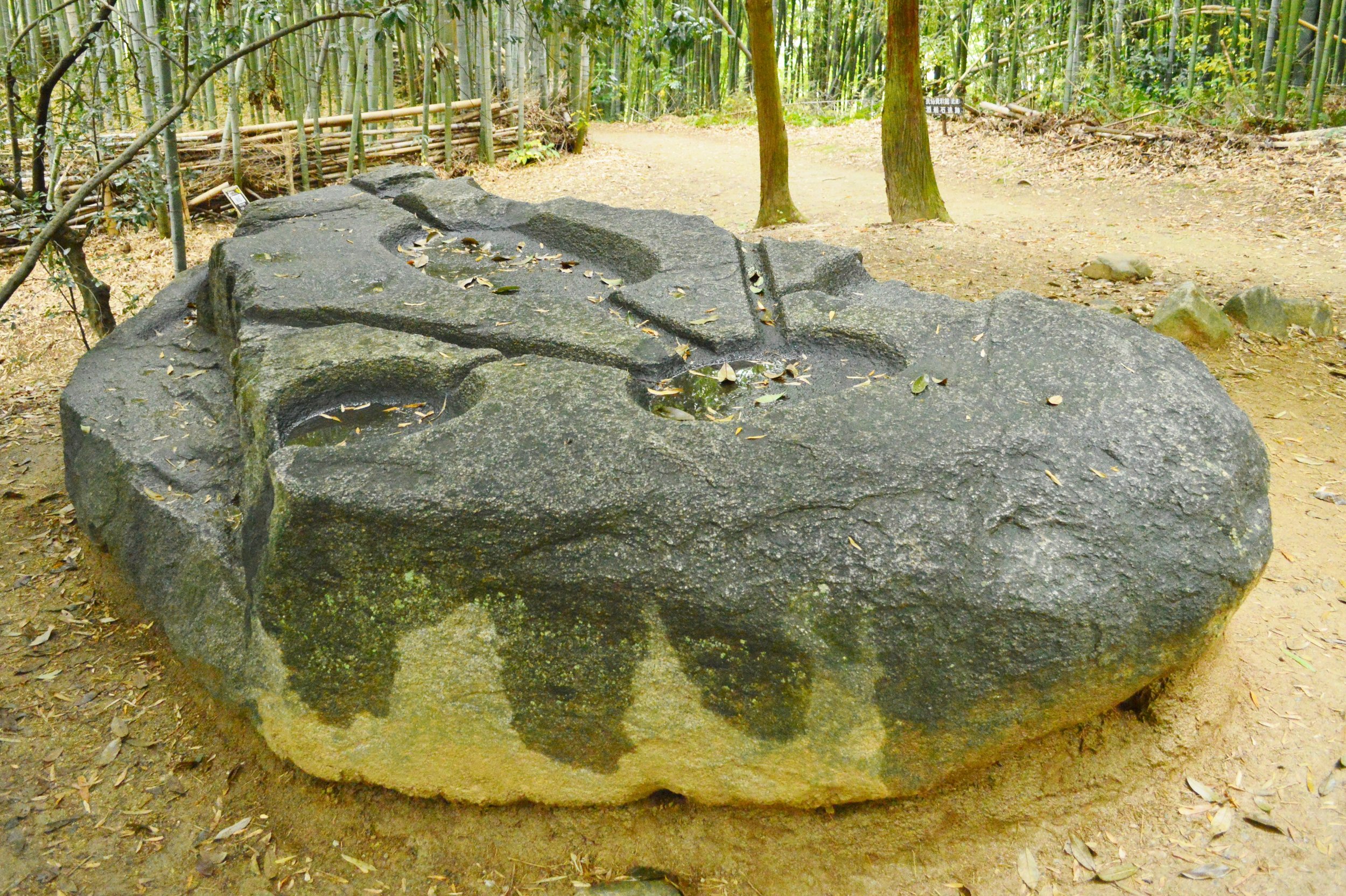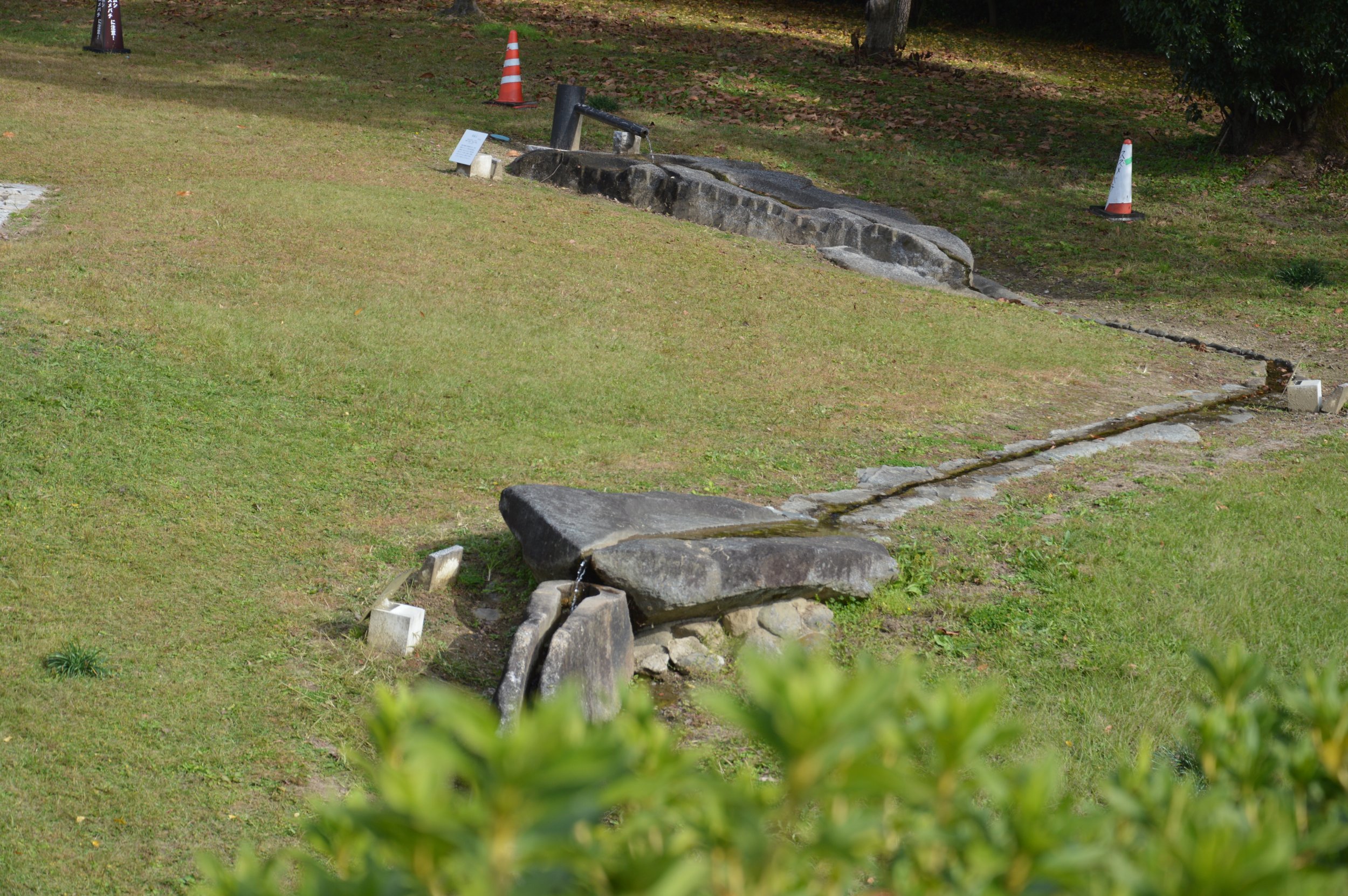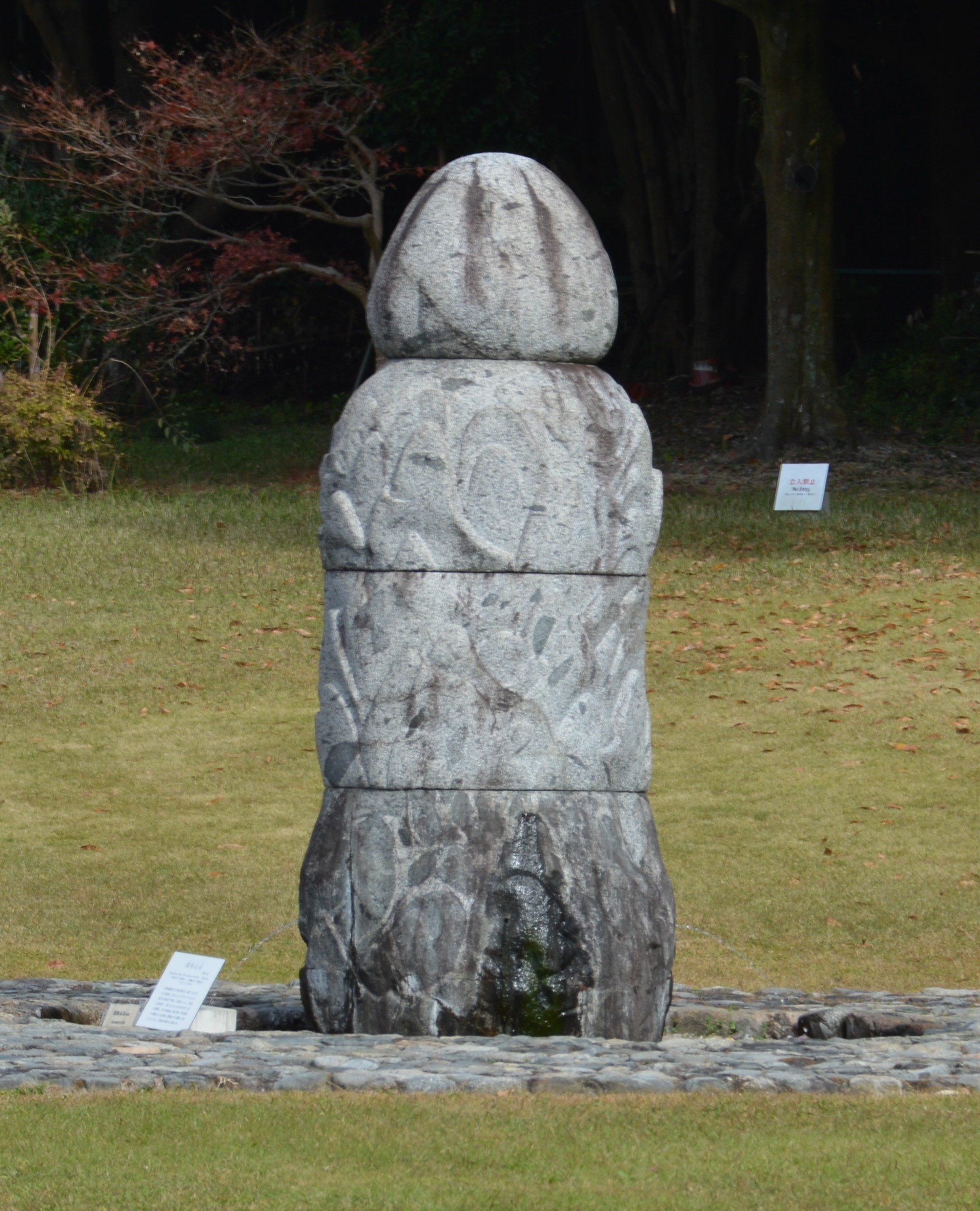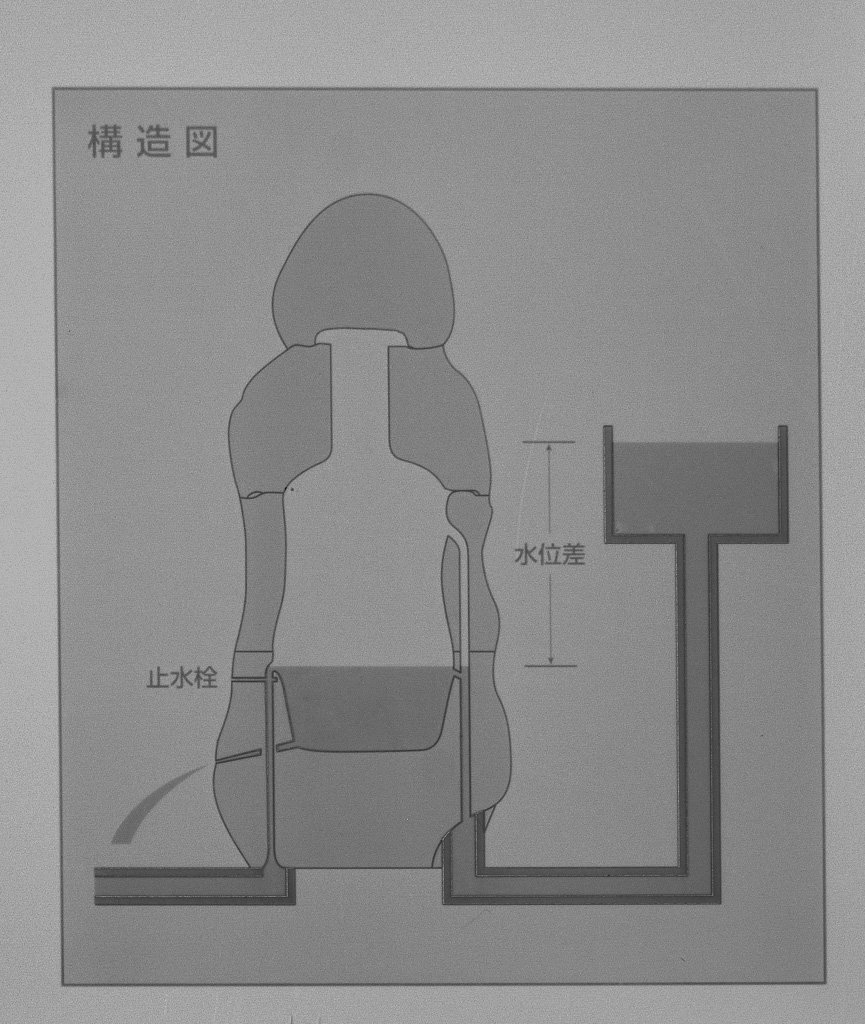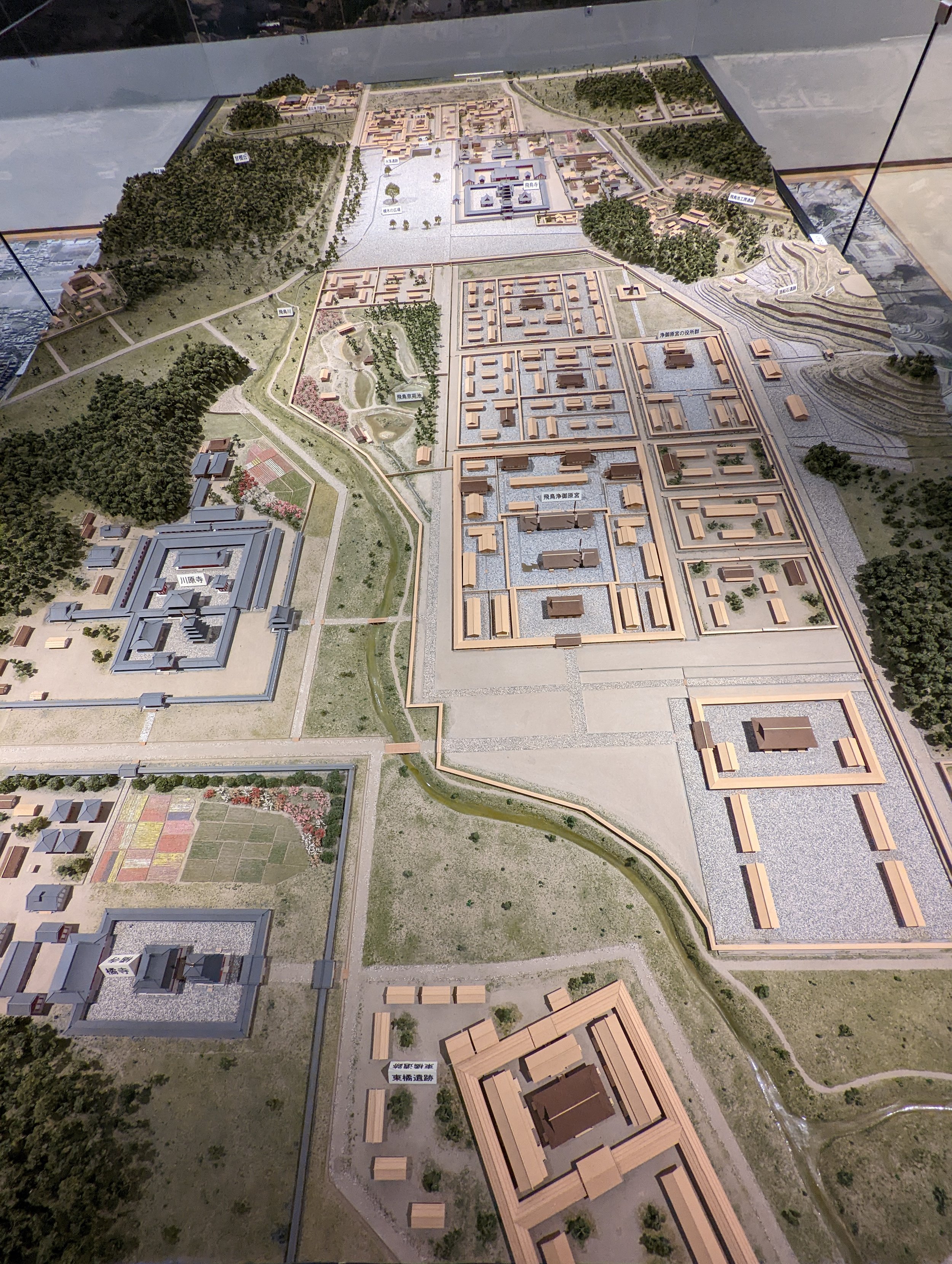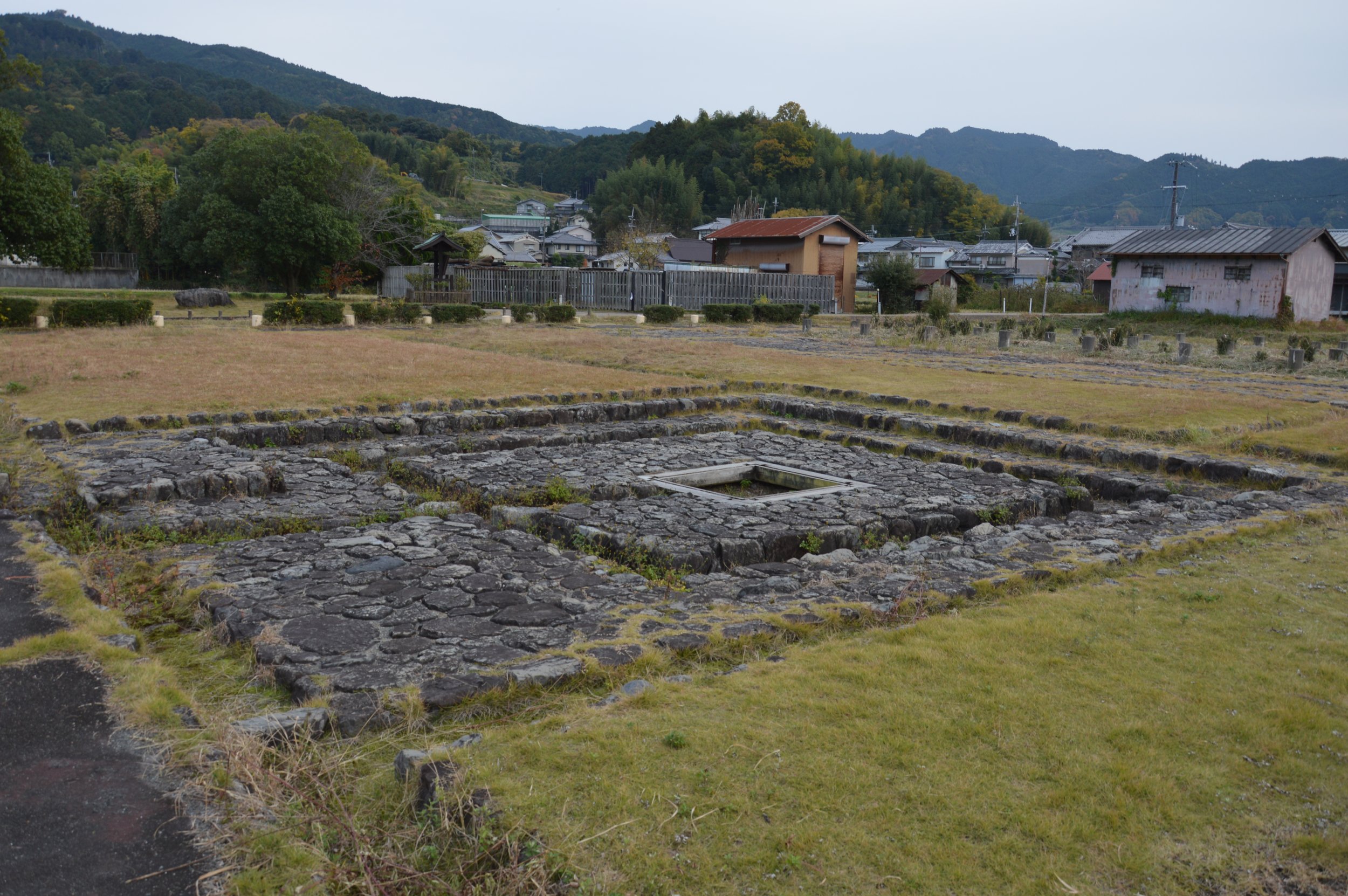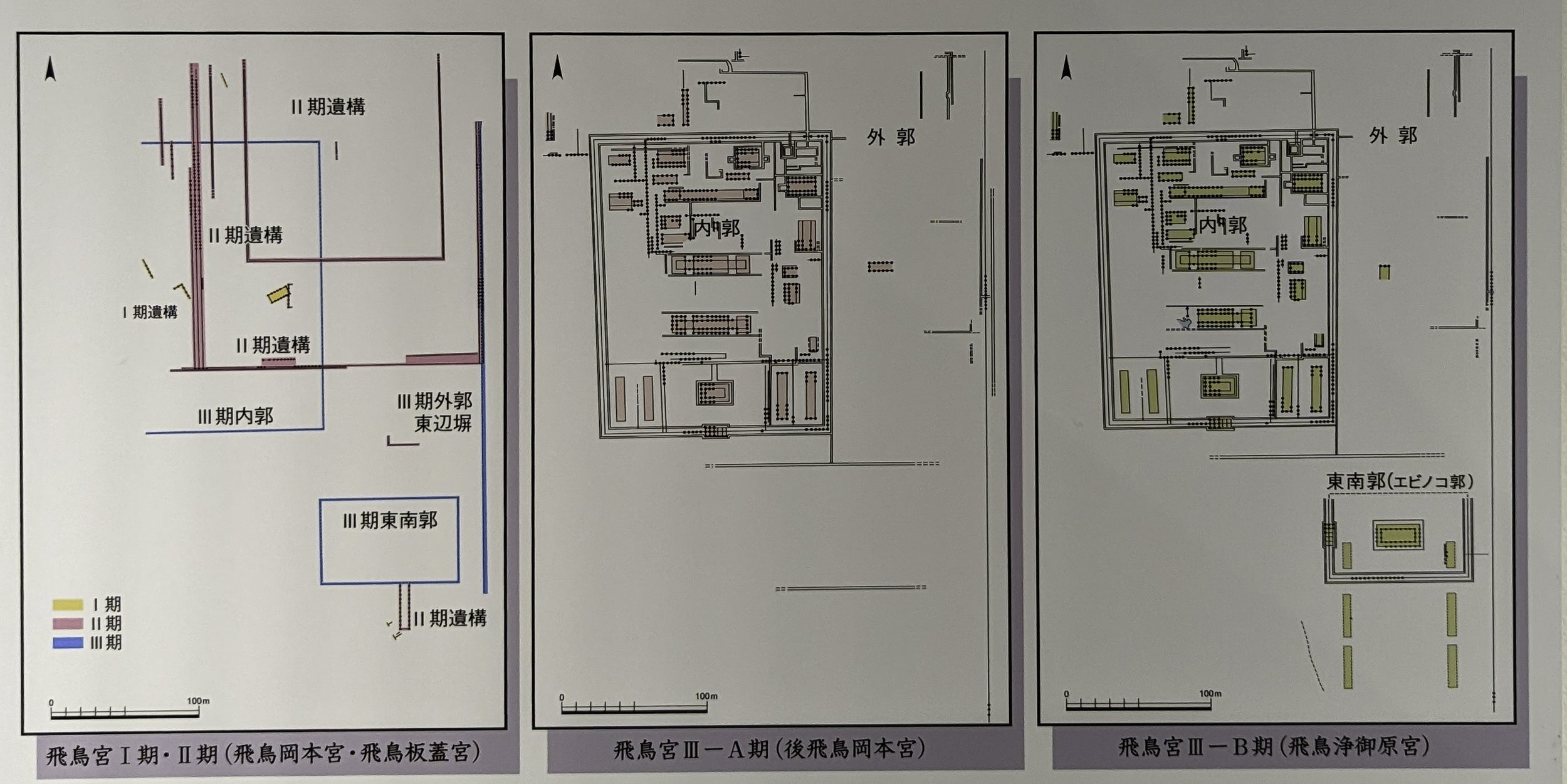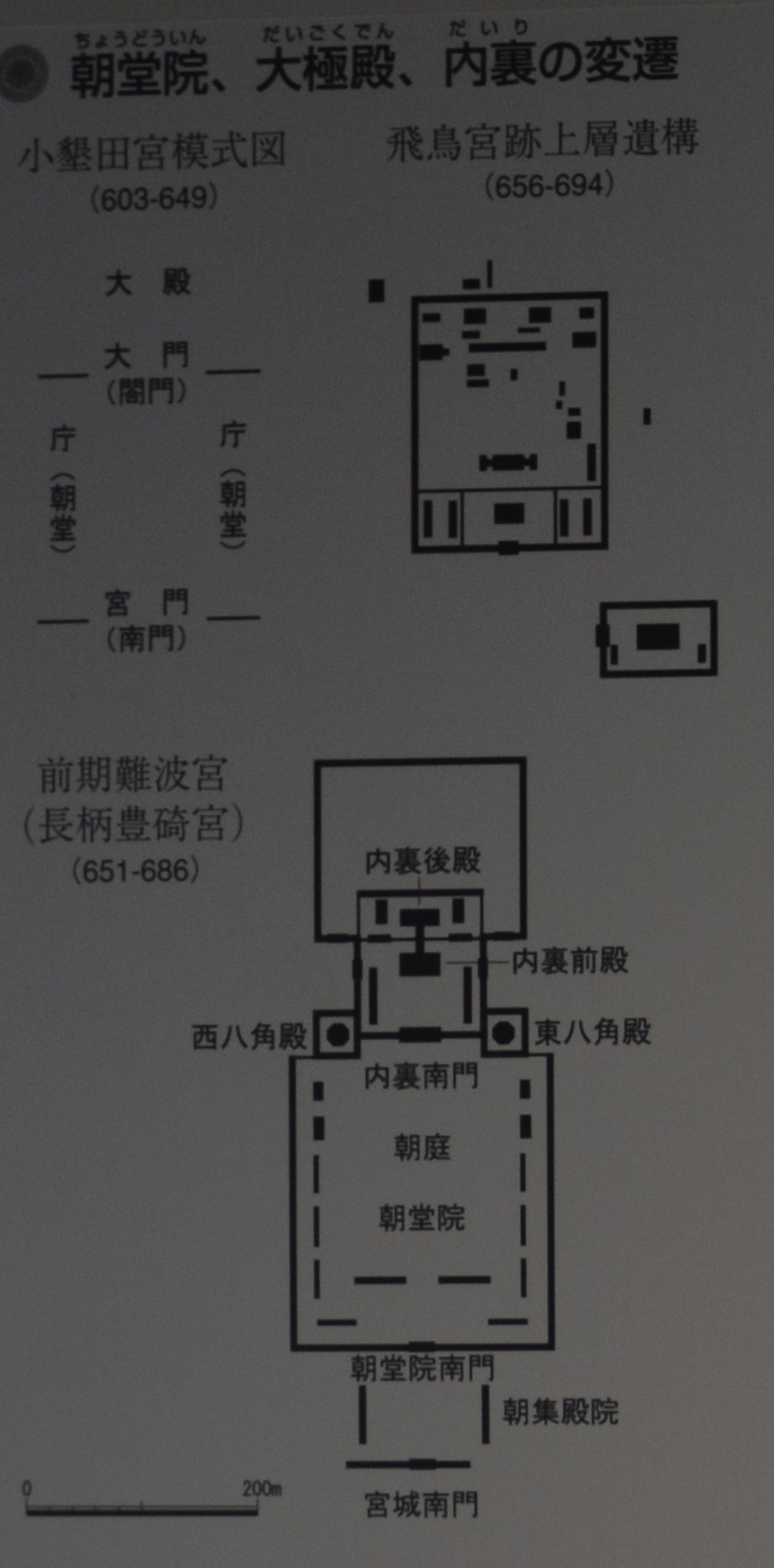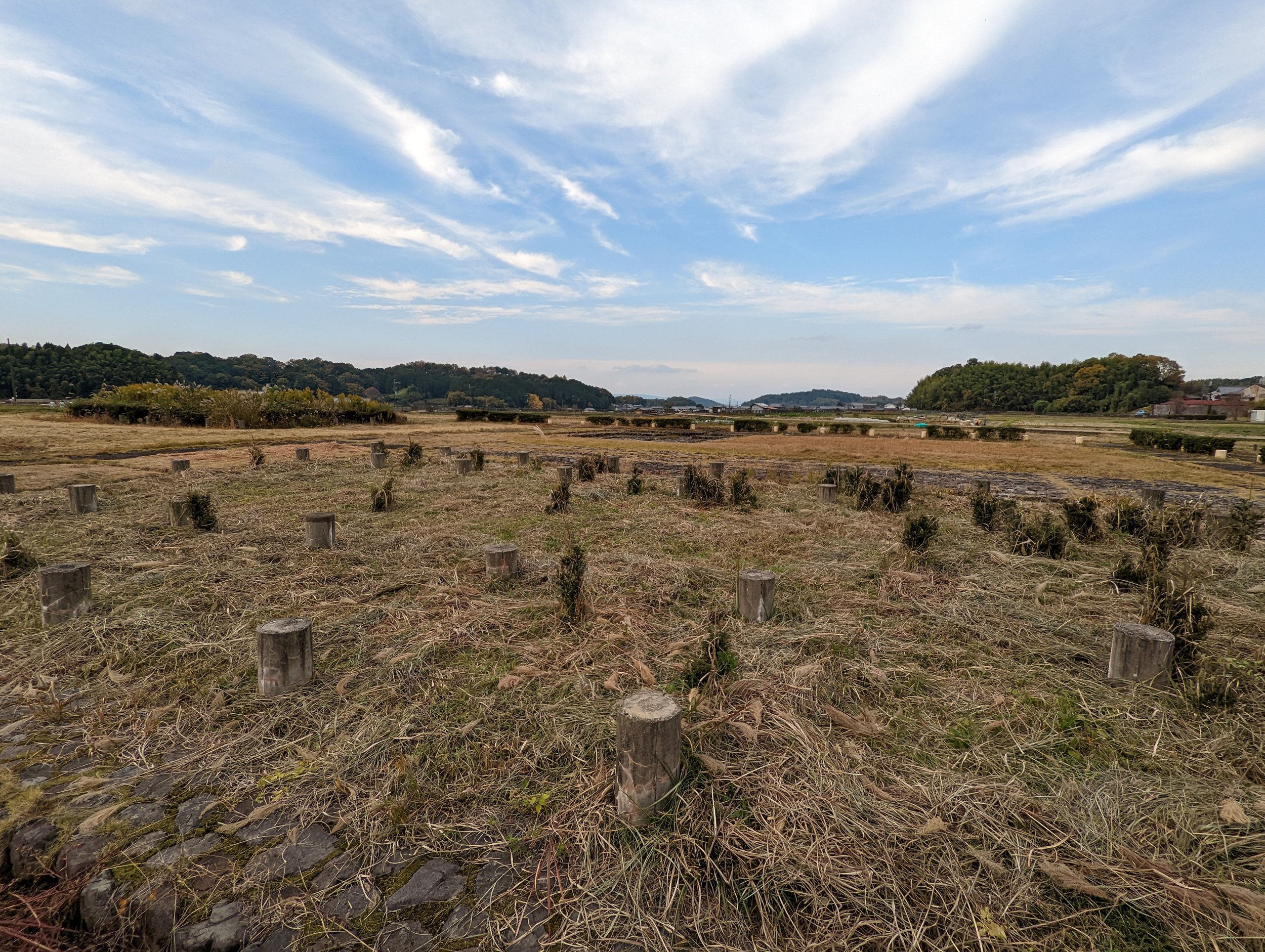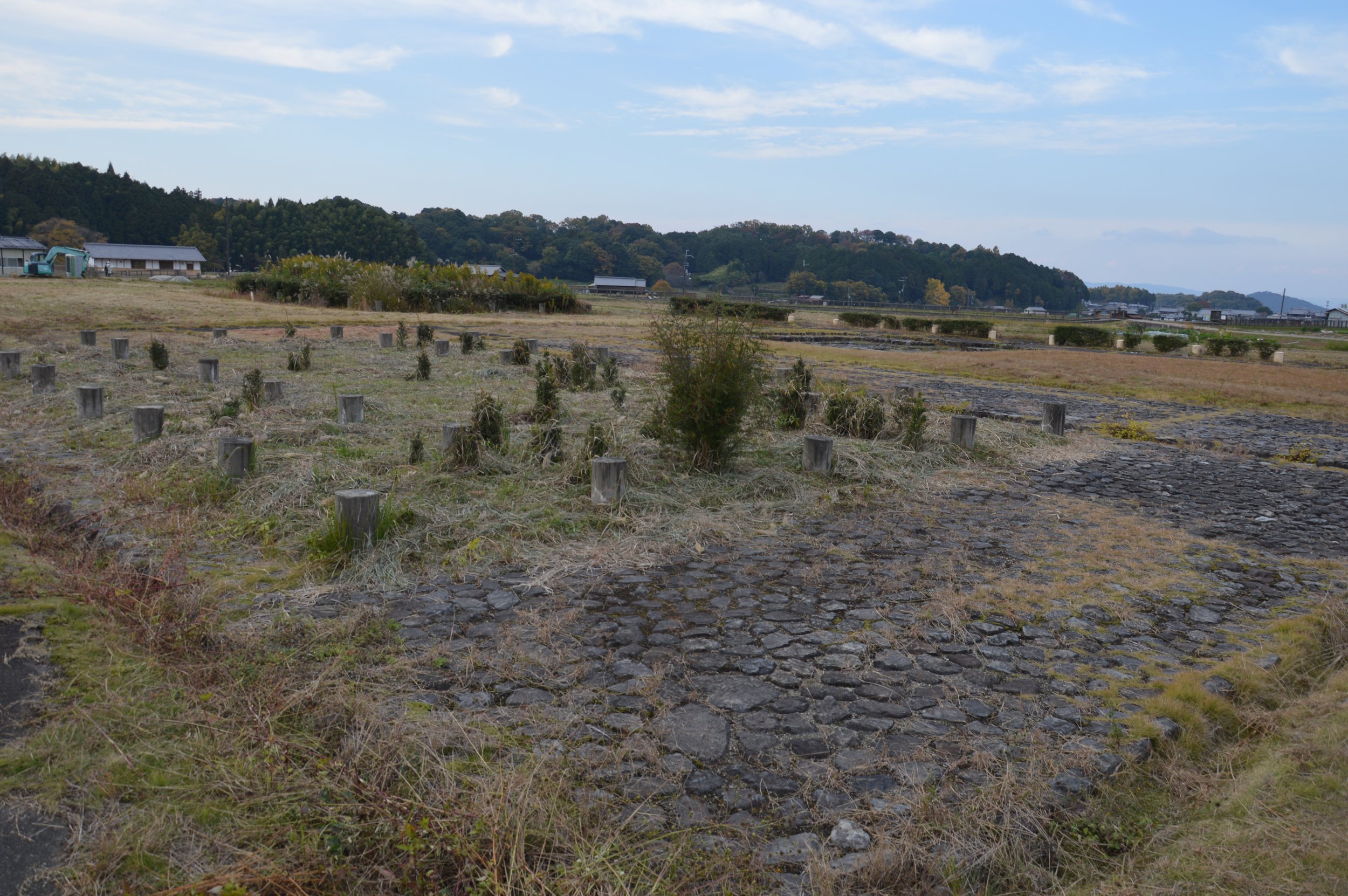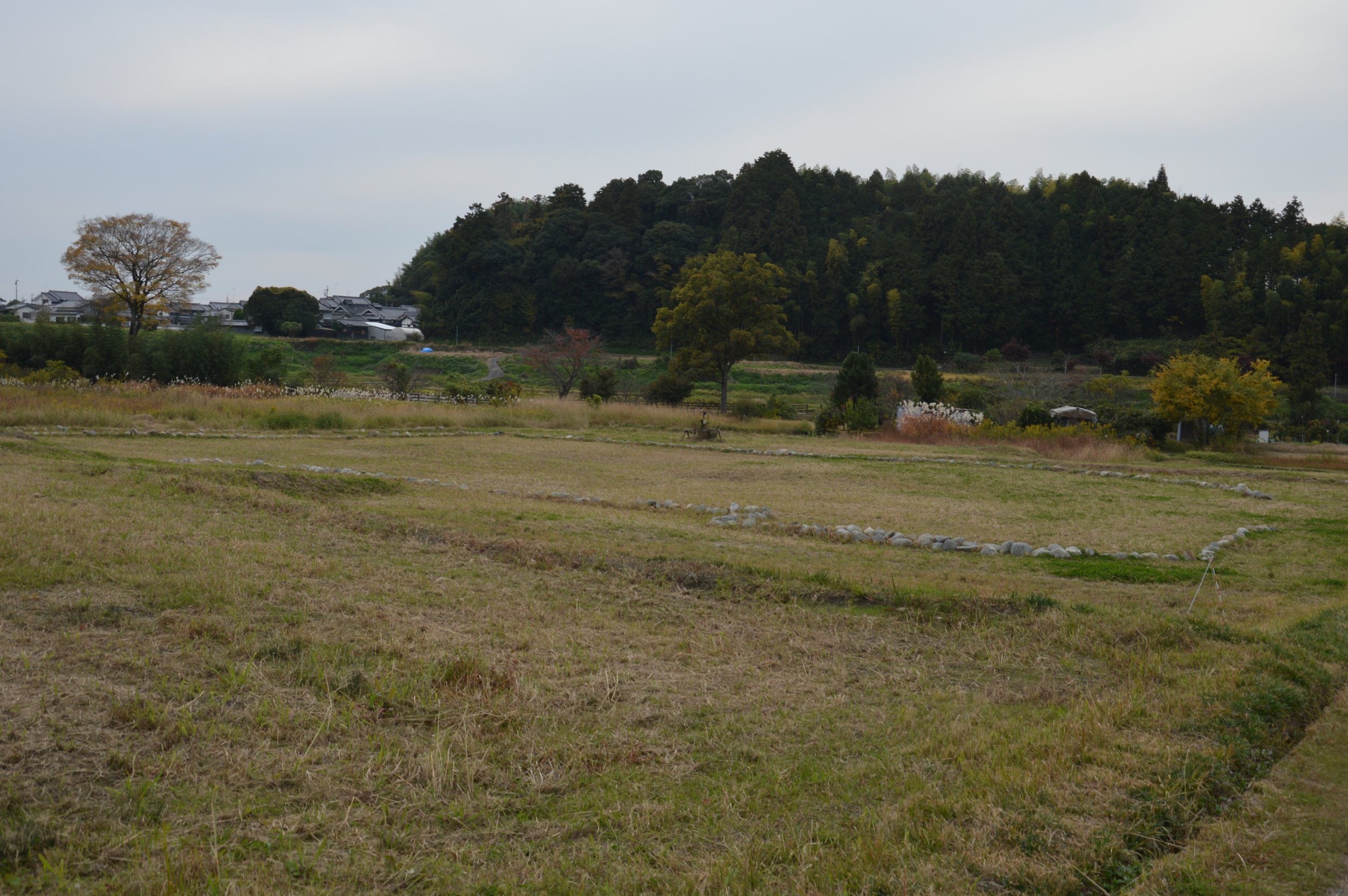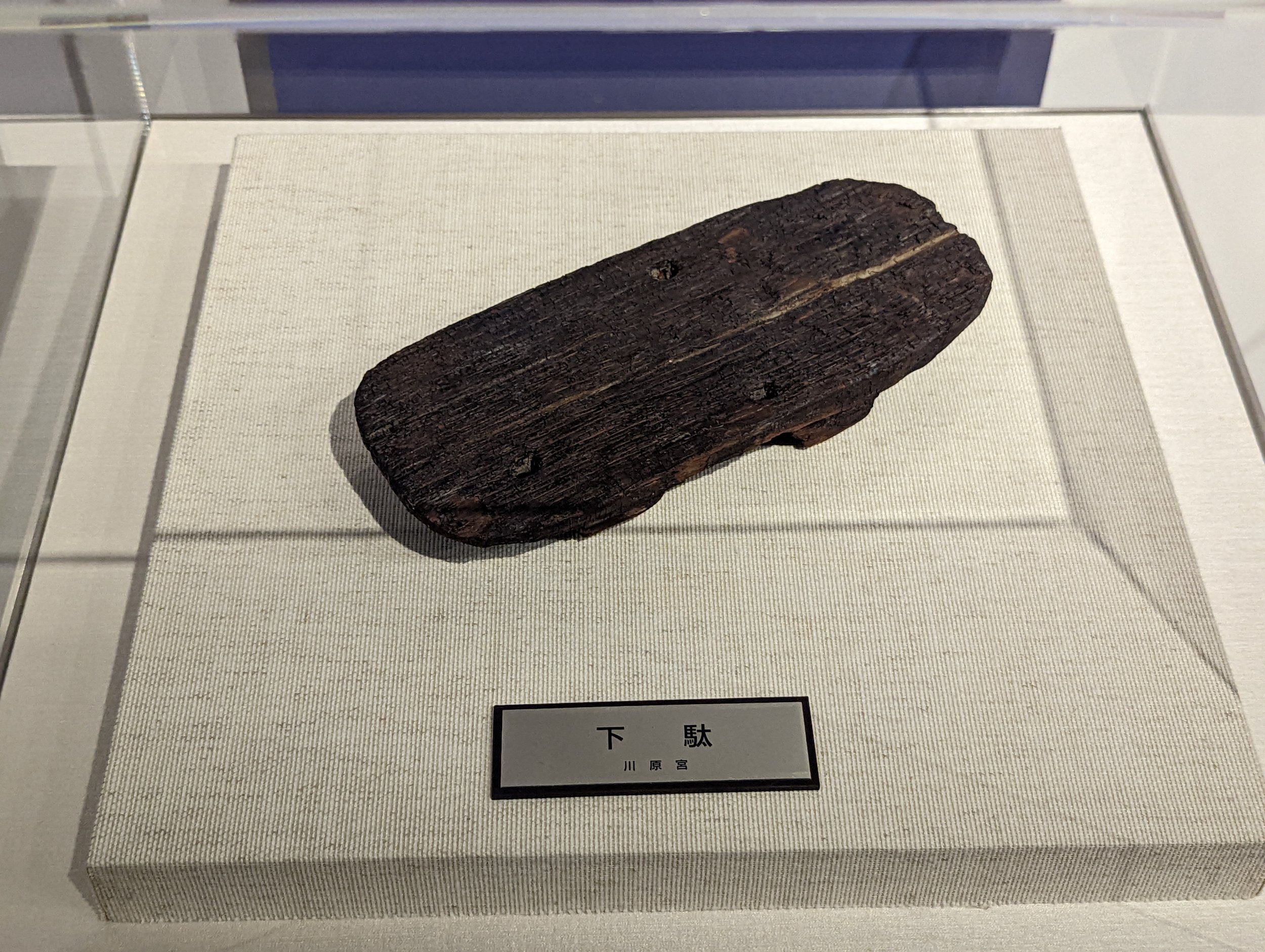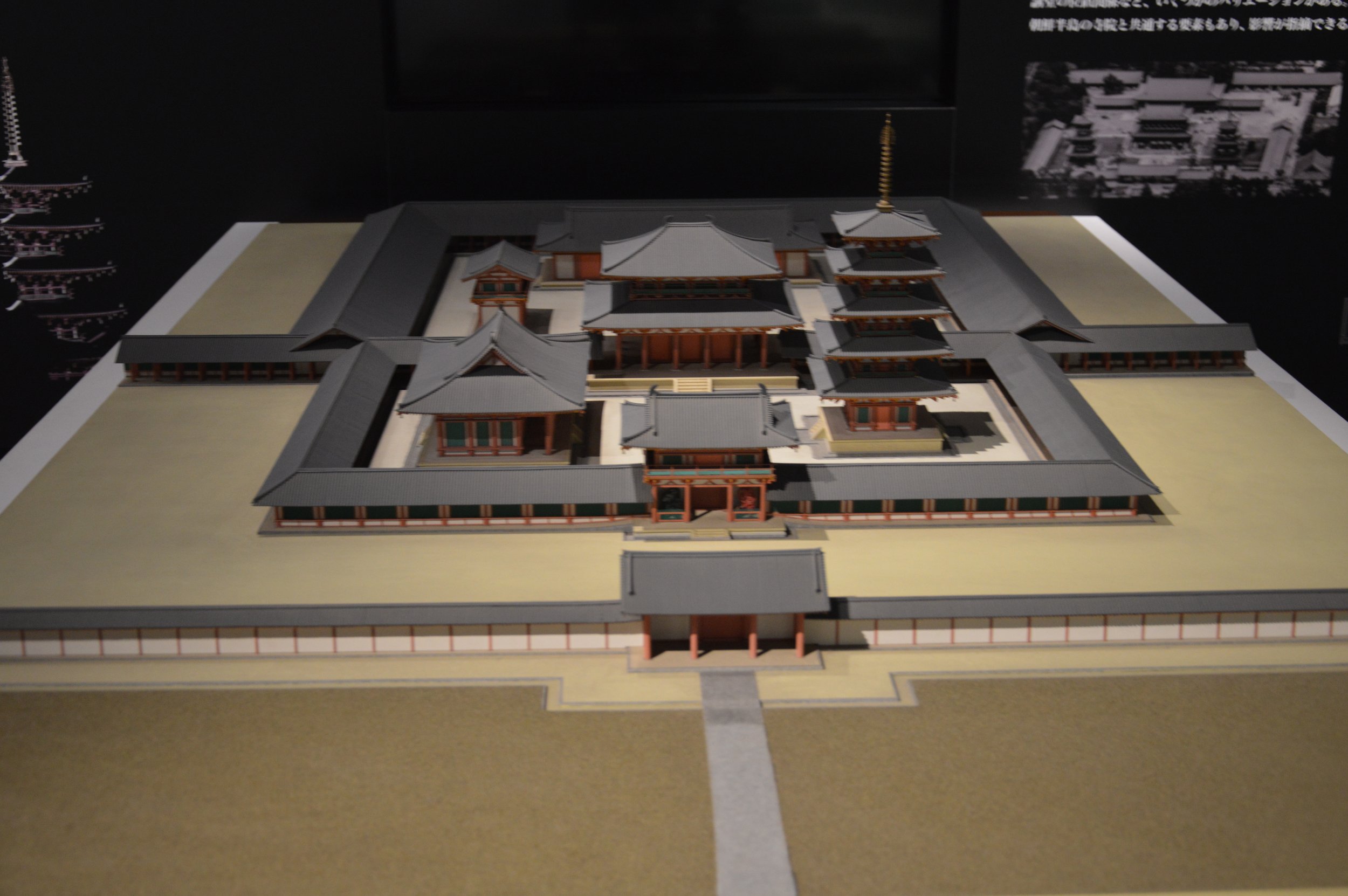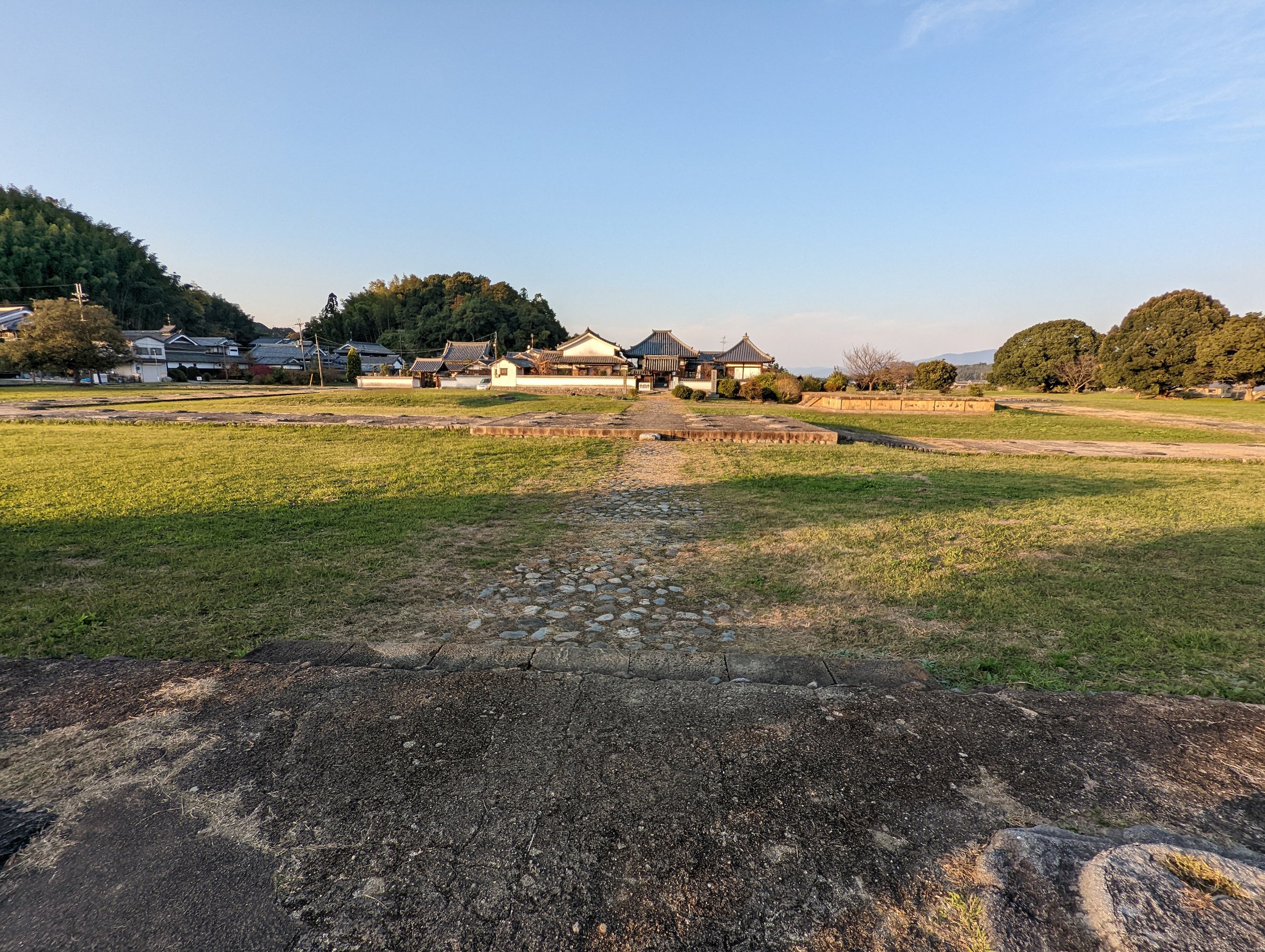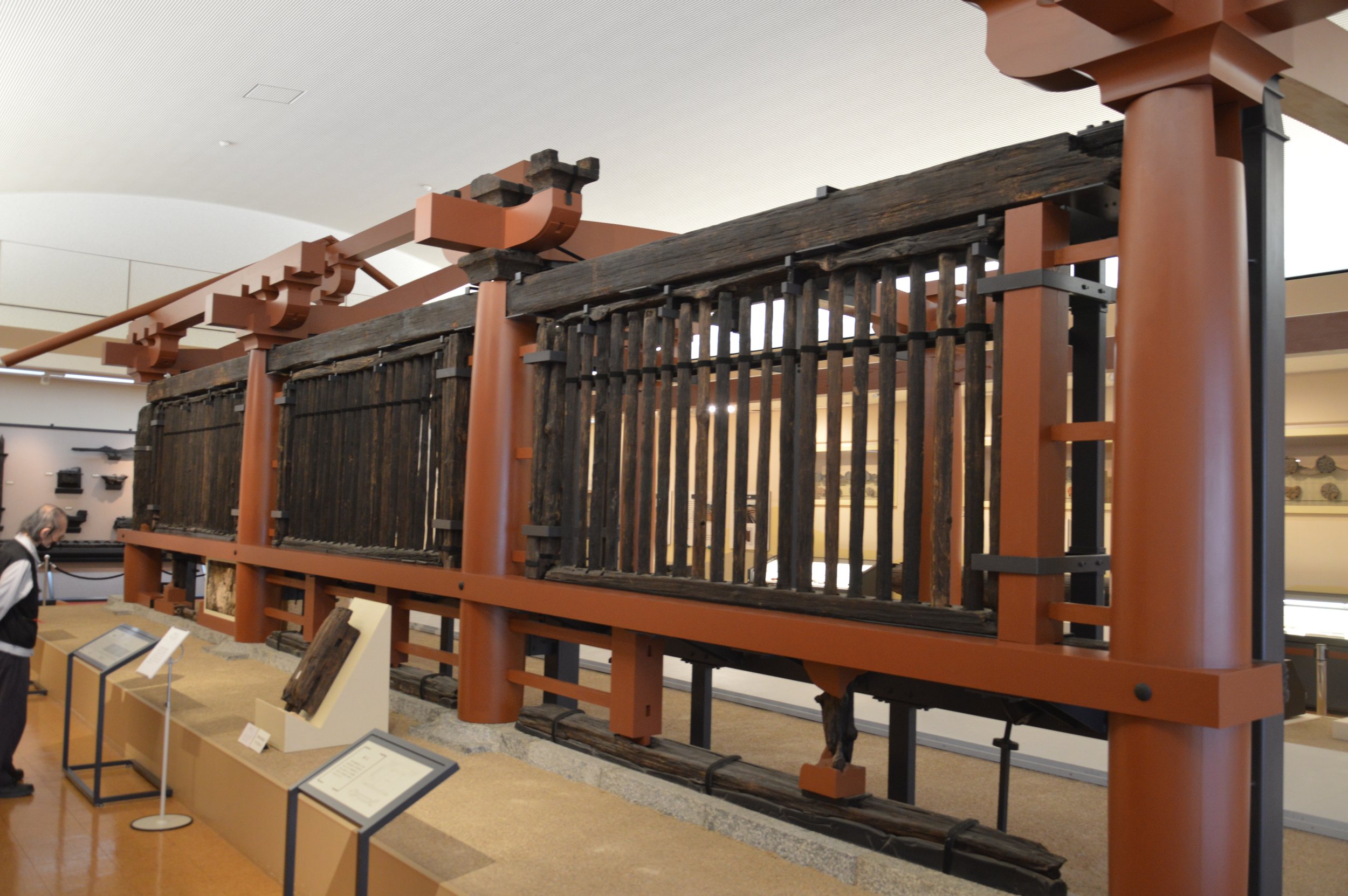Previous Episodes
- August 2025
- July 2025
- June 2025
- May 2025
- April 2025
- March 2025
- February 2025
- January 2025
- December 2024
- November 2024
- October 2024
- September 2024
- August 2024
- July 2024
- June 2024
- May 2024
- April 2024
- March 2024
- February 2024
- January 2024
- December 2023
- November 2023
- October 2023
- September 2023
- August 2023
- July 2023
- June 2023
- May 2023
- April 2023
- March 2023
- February 2023
- January 2023
- December 2022
- November 2022
- October 2022
- September 2022
- August 2022
- July 2022
- June 2022
- May 2022
- April 2022
- March 2022
- February 2022
- January 2022
- December 2021
- November 2021
- October 2021
- September 2021
- August 2021
- July 2021
- June 2021
- May 2021
- April 2021
- March 2021
- February 2021
- January 2021
- December 2020
- November 2020
- October 2020
- September 2020
- August 2020
- July 2020
- June 2020
- May 2020
- April 2020
- March 2020
- February 2020
- January 2020
- December 2019
- November 2019
- October 2019
- September 2019
After a long journey, Xuanzang finally made it to the Indian subcontinent. He traveled all across the land, visiting cultural and religious sites and studying at the feet of various masters. There are at least two main sources for this journey. One is the “Records of the Western Regions” that Xuanzang wrote, or at least had written, where it gives his recollections of all the various places. For the most part, this talks of each place in relatively sequential terms. On the other hand, there is also his biography, based on his accounts, focused specifically on him and his travels. For much of the journey, the two largely align, but there are places, particularly in India, where they don’t. This could be in part because his biographers were particularly interested in stories of Xuanzang and stories related to various religious matters. On the other hand, it may also be because Xuanzang went back and forth between various locations. That’s fine for a biography, but unnecessary for a work that is focused on providing an account of the various places—there is no need to discuss them multiple times.
Map of Xuanzang’s journey, showing his departure and return routes. From the Shaanxi History Museum. For an English map, check out this article by the Smithsonian: https://sogdians.si.edu/sidebars/xuanzang/
In my own narrative, I’ve skipped over many of the names and the various stories given in the two primary sources for these travels, as they were not always entirely relevant. However, for any students interest in Xuanzang’s journeys and for students of Indian history, those might be something to look into.
Nalanda Monastery
A quick note about Nalanda Monastery, also known as Nalanda University and Nalanda Mahavihara—the Great Monastery. It was founded in the 5th and 6th centuries, and continued until at least the 13th century. Faxian visited Nalanda, but it was before the monastery was apparently founded. Later, other monks from China and even Korea would also travel to Nalanda, though they would typically take the sea route, rather than the overland silk road. Famous monks from Nalanda would be known in Japan and elsewhere, as their teachings became particularly important and influential in Buddhist thought and teaching. And in Japan, while many concepts such as math, astronomy, and calendrical studies would come from China, there was also influence from Indian and Buddhist studies.
-
Welcome to Sengoku Daimyo’s Chronicles of Japan. My name is Joshua and this is episode 122: Journey to the West, Part 3
The courtyard at Nalanda was quiet. Although hundreds of people were crowded in, trying to hear what was being said, they were all doing their best to be silent and still. Only the wind or an errant bird dared speak up. The master’s voice may not have been what it once was—he was definitely getting on in years—but Silabhadra’s mind was as sharp as ever.
At the front of the crowd was a relatively young face from a far off land. Xuanzang had made it to the greatest center of learning in the world, and he had been accepted as a student of perhaps the greatest sage of his era. Here he was, receiving lessons on some of the deepest teachings of the Mahayana Buddhist sect, the very thing he had come to learn and bring home.
As he watched and listened with rapt attention, the ancient teacher began to speak….
For the last two episodes, and continuing with this one, we have been covering the travels of the monk Xuanzang in the early 7th century, starting around 629 and concluding in 645. Born during the Sui dynasty, Xuanzang felt that the translations of the Buddhist sutras available in China were insufficient—many of them had been made long ago, and often were translations of translations. Xuanzang decided to travel to India in the hopes of getting copies in the original language to provide more accurate translations of the sutras, particularly the Mahayana sutras. His own accounts of his journeys, even if drawn from his memory years afterwards, provide some of our most detailed contemporary evidence of the Silk Road and the people and places along the way. After he returned, he got to work on his translations, and became quite famous. Several of the Japanese students of Buddhism who traveled to the Tang dynasty in the 650s studied under him directly and brought his teachings back to Japan with them. His school of “Faxiang” Buddhism became known in Japan as the Hosso sect, and was quite popular during the 7th and 8th centuries. Xuanzang himself, known as Genjou in Japan, would continue to be venerated as an important monk in the history of Buddhism, and his travels would eventually be popularized in fantastic ways across East Asia.
Over the last couple of episodes we talked about Xuanzang’s illegal and harrowing departure from the Tang empire, where he had to sneak across the border into the deserts of the Western Regions. We then covered his time traveling from Gaochang, to Suyab, and down to Balkh, in modern Afghanistan. This was all territory under the at least nominal control of the Gokturk empire. From Balkh he traveled to Bamyan, and then on to Kapisa, north of modern Kabul, Afghanistan. However, after Kapisa, Xuanzang was finally entering into the northern territories of what he knew as “India”, or “Tianzhu”.
Here I would note that I’m using “India” to refer not to a single country, but to the entirety of the Indian subcontinent, and all of the various kingdoms there -- including areas now part of the modern countries of Afghanistan, Pakistan, Bangladesh, and Sri Lanka. The Sinitic characters used to denote this region are pronounced, today, as “Tianzhu”, with a rough meaning of “Center of Heaven”, but it is likely that these characters were originally pronounced in such a way that the name likely came from terms like “Sindhu” or “Induka”. This is related to the name of the Sindh or Indus river, from which India gets its name. Xuanzang’s “Record of the Western Regions” notes that the proper pronunciation of the land should be “Indu”.
In Japan, this term was transmitted through the Sinitic characters, or kanji, and pronounced as “Tenjiku”. Since it featured so prominently in the stories of the life of the Buddha and many of the Buddhist sutras, Tenjiku was known to the people of the Japanese archipelago as a far off place that was both real and fantastical. In the 12th century, over a thousand stories were captured for the “Konjaku Monogatarishu”, or the “Collection of Tales Old and New”, which is divided up into tales from Japan, China, and India. In the famous 9th or 10th century story, “Taketori Monogatari”, or the “Bamboo-Cutter’s Tale”, about princess Kaguya hime, one of the tasks the princess sets to her suitors is to go to India to find the begging bowl of the Buddha. Records like those produced by Xuanzang and his fellow monks, along with the stories in the sutras, likely provided the majority of what people in the Japanese archipelago knew about India, at least to begin with.
Xuanzang talks about the land of India as being divided into five distinct parts—roughly the north, south, east, west, and center. He notes that three sides face the sea and that the Snow Mountains—aka the Himalayas—are in the north. It is, he says, “Wide in the north and narrow in the south, in the shape of a crescent moon”. Certainly the “Wide in the north and narrow in the south” fit the subcontinent accurately enough, and it is largely surrounded by the waters of what we know as the Indian Ocean to the west, the east, and the south. The note about the Crescent Moon might be driven by Xuanzang’s understanding of a false etymology for the term “Indus”, which he claims comes from the word for “moon”. Rather, this term appears to refer to the Indus River, also known as the Sindh or Sindhus, which comes from an ancient word meaning something like “River” or “Stream”.
Xuanzang also notes that the people of the land were divided into castes, with the Brahman caste at the top of the social hierarchy. The land was further divided into approximately 70 different countries, according to his accounts. This is known broadly as the Early Medieval period, in India, in which the region was divided into different kingdoms and empires that rose and fell across the subcontinent, with a total size roughly equivalent to that covered by the countries of the modern European Union. Just like Europe, there were many different polities and different languages spoken across the land – but just as Latin was the common language in Europe, due to its use in Christianity, Sanskrit was the scholarly and religious language in much of India, and could also be used as a bridge language. Presumably, Xuanzang understood Sanskrit to some extent as a Buddhist monk. And, just a quick note, all of this was before the introduction of Islam, though there were other religions also practiced throughout the subcontinent, but Xuanzang was primarily focused on his Buddhist studies.
Xuanzang describes India as having three distinct seasons—The hot season, the rainy season, and the cold season, in that order. Each of these were four month long periods. Even today, the cycle of the monsoon rains is a major impact on the life of people in South Asia. During the rainy season, the monks themselves would retreat back to their monasteries and cease their wanderings about the countryside. This tradition, called “Vassa”, is still a central practice in many Theravada Buddhist societies such as Thailand and Laos today, where they likewise experience this kind of intensely wet monsoon season.
Xuanzang goes on to give an in depth analysis of the people and customs of the Indian subcontinent, as he traveled from country to country. So, as we’ve done before, we’ll follow his lead in describing the different locations he visited.
The first country of India that Xuanzang came to was the country of Lampa, or Lamapaka, thought to be modern Laghman province in Afghanistan. At the time it was a dependency of Kapisa. The Snow Mountains, likely meaning the Hindu Kush, the western edge of the Himalayas, lay at its north, while the “Black Mountains” surrounded it on the other three sides. Xuanzang mentions how the people of Lampa grow non-glutinous rice—likely something similar to basmati rice, which is more prevalent in South Asian cuisine, as compared to glutinous rice like more often used in East Asia.
From Lampa he headed to Nagarahara, likely referring to a site near the Kabul River associated with the ruins of a stupa called Nagara Gundi, about 4 kilometers west of modern Jalalabad, Afghanistan. This was another vassal city-state of Kapisa. They were still Mahayana Buddhists, but there were other religions as well, which Xuanzang refers to as “heretical”, though I’m not entirely sure how that is meant in this context. He does say that many of the stupas were dilapidated and in poor condition.
Xuanzang was now entering areas where he likely believed the historical Buddha had once walked. In fact, Lampa was perhaps the extent of historical Buddha’s travels, according to the stories and the sutras, though this seems unlikely to have been true. The most plausible locations for the Historical Buddha’s pilgrimages were along the Ganges river, which was on the other side of the subcontinent, flowing east towards modern Kolkatta and the Bengal Bay. However, as Buddhism spread, so, too, did stories of the Buddha’s travels. And so, as far as Xuanzang was concerned, he was following in the footsteps of the Buddha.
Speaking of which, at Nagarahara, Xuanzang mentions “footprints” of the Buddha. This is a Buddhist tradition found in many places. Xuanzang claims that the Tathagatha, the Englightened One, or the Buddha, would fly, because when he walked the land itself shook. Footprint shapes in rock could be said to be evidence of the Buddha’s travels. Today, in many Buddhist areas you can find footprints carved into rock conforming to stories about the Buddha, such as all the toes being of the same length, or other various signs. These may have started out as natural depressions in the rock, or pieces of artwork, but they were believed by many to be the actual point at which the Buddha himself touched down. There are famous examples of these footprints in Sri Lanka, Thailand, and China.
Of course there are also traditions of creating images of the footprint as an object of worship. Images of footprints, similar to images of the Great Wheel of the Law, may have been some of the earliest images for veneration, as images of the Buddha himself did not appear until much later in the tradition. One of the oldest such footprints in Japan is at Yakushiji temple, and dated to 753. It was created based on a rubbing brought back by an envoy to the Tang court, while they were in Chang’an.
Like Buddha footprints, there are many other images and stories that show up multiple times in different places, even in Xuanzang’s own narrative. For example, in Nagarahara Xuanzang also shares a story of a cave, where an image of the Buddha could be just barely made out on the wall – maybe maybe an old carving that had just worn away, or maybe an image that was deliberately placed in the darkness as a metaphor for finding the Buddha—finding enlightenment. This is not an uncommon theme in Buddhism as a whole. In any case, the story around this image was that it had been placed there to subdue a naga.
Now a naga is a mythical snake-like being, and we are told that this particular naga was the reincarnation of a man who had invoked a curse on the nearby kingdom, then threw himself from a cliff in order to become a naga and sow destruction. As the story went, the man was indeed reborn, but before he could bring destruction, the Buddha showed up and subdued him, convincing him that this was not right. And so the naga agreed to stay in the cave, where the Buddha left an image—a shadow—to remind the naga any time that its thoughts might turn to destruction.
Later in his travels, at a place name Kausambi, Xuanzang mentions another cave where the Buddha had subdued a venomous dragon and left his shadow on the cave wall. Allowing for the possibility that the Buddha just had a particular M.O. when dealing with destructive beings, we should also consider the possibility that the story developed in one region—probably closer to the early center of Buddhism, and then traveled outward, such that it was later adopted and adapted to local traditions.
From Nagarahara, Xuanzang continued to the country of Gandhara and its capital city of Purushapura, aka modern Peshwar. This kingdom was also under vassalage to the Kapisan king. Here and elsewhere in the journey, Xuanzang notes not only evidence of the historical Buddha, but also monasteries and stupas purported to have been built by King Kanishka and King Asoka. These were important figures who were held in high regard for spreading Buddhism during their reign.
Continuing through the region of Gandhara, he also passed through Udakhand and the city of Salatura, known as the birthplace of the ancient Sanskrit grammarian, Daksiputra Panini, author of the Astadhyayi [Aestudjayi]. This work is the oldest surviving description of classical Sanskrit, and used grammatical and other concepts that wouldn’t be introduced into Western linguistics for eons. Daksiputra Panini thrived around the 5th or 4th century BCE, but was likely one of the reasons that Sanskrit continued to be used as a language of scholarship and learning even as it died out of usage as the day to day language of the common people. His works and legacy would have been invaluable to translators like Xuanzang in understanding and translating from Sanskrit.
Xuanzang continued on his journey to Kashmira, situated in the Kashmir Valley. This valley sits between the modern states of Pakistan and India, and its ownership is actively disputed by each. It is the namesake of the famous cashmere wool—wool from the winter coats of a type of goat that was bred in the mountainous regions. The winter coat would be made of soft, downy fibers and would naturally fall out in the spring, which the goatherds harvested and made into an extremely fine wool. In the 7th century and earlier, however, the region was known not as much for its wool, but as a center for Hindu and Buddhist studies. Xuanzang ended up spending two years in Kashmira studying with teachers there.
Eventually, though, he continued on, passing through the country of Rajpura, and continuing on to Takka and the city of Sakala—modern day Sialkot in the Punjab region of modern Pakistan. Leaving Sakala, he was traveling with a group when suddenly disaster struck and they were accosted by a group of bandits. They took the clothes and money of Xuanzang and those with him and then they drove the group into a dry pond in an attempt to corral them while they figured out what they would do—presumably meaning kill them all. Fortunately for the group, there was a water drain at the southern edge of the pond large enough for one man to pass through. Xuanzang and one other went through the gap and they were able to escape to a nearby village. Once they got there, they told the people what had happened, and the villagers quickly gathered weapons and ran out to confront the brigands, who saw a large group coming and ran away. Thus they were able to rescue the rest of Xuanzang’s traveling companions. Xuanzang’s companions were devastated, having lost all of their possessions. However, Xuanzang comforted them. After all, they still had their lives. By this time, Xuanzang had certainly seen his fair share of life and death problems along the road.
They continued on, still in the country of Takka, to the next great city. There they met a Brahman, and once they told him what had happened, he started marshalling the forces of the city on their behalf. During Xuanzang’s stay in Kashmira, he had built a reputation, and people knew of the quote-unquote “Chinese monk”. And even though the people in this region were not necessarily Buddhist—many were “heretics” likely referring to those of Hindu faith—the people responded to this pre-Internet “GoFundMe” request with incredible generosity. They brought Xuanzang food and cloth to make into suits of clothes. Xuanzang distributed this to his travel companions, and ended up still having enough cloth for 50 suits of clothes himself. He then stayed at that city a month.
It is odd that they don’t seem to mention the name of this location. Perhaps there is something unspeakable about it? Still, it seems that they were quite generous, even if they were “heretics” according to Xuanzang.
From the country of Takka, he next proceeded to the kingdom of Cinabhukti, where he spent 14 months—just over a year—studying with the monks there. Once he had learned what he could, he proceeded onwards, passing through several countries in northern India until he came to the headwaters of the sacred Ganges rivers. The Indus and the Ganges rivers are in many ways similar to the Yellow River and Yangzi, at least in regards to their importance to the people of India. However, whereas the Yellow River and Yangzi both flow east towards the Pacific Ocean, the Indus and Ganges flow in opposite directions. The Indus flows southwest, from the Himalayas down through modern India into modern Pakistan, emptying into the western Indian Ocean. The Ganges flows east along the base of the Himalayas and enters the eastern Indian Ocean at Kolkatta. At the headwaters of the Ganges, Xuanzang found a Buddhist monk named Jayagupta and chose to spend the winter and half of the following spring listening to his sermons and learning at his feet.
From there he continued his travels, and ended up being summoned by King Harshavardhana of Kanyakubja, known today as the modern city of Kannauj. Harshavardhana ruled an immense state that covered much of the territory around the sacred Ganges river. As word of this strange monk from a far off land reached him, the King wanted to see him for himself. Xuanzang stayed in Kannauj for three months, completing his studies of the Vibhasha Shastra, aka the Abhidarmma Mahavibhasha Shastra, known in Japanese as the Abidatsuma Daibibasharon, or just as the Daibibasharon or the Basharon, with the latter two terms referring to the translations that Xuanzang performed. This work is not a sutra, per se, but rather an encyclopedic work that attempted to speak on all of the various doctrinal issues of its day. It is thought to have been authored around 150 CE, and was influential in the Buddhist teachings of Kashmira, when that was a center of Orthodoxy at the time. This is what Xuanzang had started studying, and it seems that in Kannauj he was finally able to grasp everything he felt he needed to know about it in order to effectively translate it and teach it when he returned. That said, his quest was not over. And after his time in Kannauj, he decided to continue on.
His next stop was at the city of Ayodhya. This was—and is—a city of particular importance in Hindu traditions. It is said to be the city mentioned in the epic tale known as the Ramayana, though many argue that it was simply named that later in honor of that ancient city. It does appear to be a city that the historical Buddha, Siddhartha Gautama, visited and where he preached. It was also the home of a famous monk from Gandhara who authored a number of Buddhist tomes and was considered, at least by Xuanzang, a proper Boddhisatva. And so Xuanzang spent some time paying homage to the places where the Buddha and other holy figures had once walked.
“Ayodhya” appears in many forms across Asia. It is a major pilgrimage center, and the city of “Ayutthaya” in Thailand was named for it, evoking the Ramayana—known in Thai as the Ramakien—which they would adopt as their own national story. In Silla, there is a story that queen Boju, aka Heo Hwang-ok, wife to the 2nd century King Suro of Geumgwan Gaya, traveled to the peninsula all the way from the foreign country of “Ayuta”, thought to mean Ayodhya. Her story was written down in the Gaya histories and survives as a fragment found in the Samguk Yusa. Members of the Gimhae Kim, Gimhae Heo, and Incheon Yi clans all trace their lineage back to her and King Suro.
From Ayodhya, Xuanzang took a trip down the Ganges river. The boat was packed to bursting with some 80 other travelers, and as they traveled towards a particularly heavily forested area, they were set upon by bandits, who rowed their ships out from hiding in the trees and forced the travelers to the shore. There the bandits made all the travelers strip down and take off their clothing so that the bandits could search for gold or valuables. According to Xuanzang’s biography, these bandits were followers of Durga, a Hindu warrior-goddess, and it is said that each year they would look for someone of particularly handsome features to sacrifice to her. With Xuanzang’s foreign features, they chose him. And so they took him to be killed. Xuanzang mentioned that he was on a pilgrimage, and that by interrupting him before they finished he was worried it might be inauspicious for them, but he didn’t put up a fight and merely asked to be given time to meditate and calm his mind and that they perform the execution quickly so that he wouldn’t even notice.
From there, according to the story, a series of miracles occurred that ended up with Xuanzang being released and the bandits worshipping at his feet. It is times like this we must remember that this biography was being written by Xuanzang’s students based on stories he told them about his travels. While being accosted by bandits on the river strikes me as perfectly plausible, we don’t necessarily have the most reliable narrators, so I’m going to have to wonder about the rest.
Speaking of unreliable narration, the exact route that Xuanzang traveled from here on is unclear to me, based on his stated goals and where he was going. It is possible that he was wandering as opportunities presented themselves —I don’t know that he had any kind of map or GPS, like we’ve said in the past. And it may be that the routes from one place to another were not always straightforward. Regardless, he seems to wander southeast for a period before turning again to the north and eventually reaching the city of Shravasti.
Shravasti appeared in our discussion of the men of Tukhara in Episode 119. With the men of Tukhara there was also mentioned a woman from Shravasti. While it is unlikely that was actually the case—the names were probably about individuals from the Ryukyuan island chain rather than from India—it is probably worth nothing that Shravasti was a thriving place in ancient times. It was at one time the capital city of the kingdom of Kosala, sharing that distinction with the city of Ayodhya, back in the 7th to 5th centuries BCE. It is also where the historical Buddha, Siddhartha Gautama, was said to have spend many years of his life. This latter fact would have no doubt made it a place of particular importance to Xuanzang on his journeys.
From there he traveled east, ending up following the foothills of the Himalayas, and finally came to some of the most central pilgrimages sites for followers of the historical Buddha. First, he reached Lumbini wood, in modern Nepal, said to have been the birthplace of Prince Siddhartha Gautama, the Buddha. And then he visited Kushinagara, the site where the Buddha ascended to nirvana—in other words, the place where he passed away. From there, he traveled to Varanasi, and the deer park monastery, at the place where the Buddha is said to have given one of his most famous sermons. He even visited the Bodhi tree, the tree under which Siddhartha Gautama is said to have attained enlightenment. He spent eight or nine days there at Bodhgaya, and word must have spread about his arrival, because several monks from the eminent Nalanda Monastery called upon him and asked him to come to the monastery with them.
Nalanda Monastery was about 80 km from Bodhgaya. This was a grand monastery and center of learning—some say that it was, for a time, the greatest in the world. It had been founded in the 5th century by the Gupta dynasty, and many of the Gupta rulers and others donated to support the monastery, which also acted as a university. After the fall of the Gupta dynasty, the monastery was supported by King Harsha of Kannauj, whom Xuanzang had visited earlier. It ultimately thrived for some 750 years, and is considered by some to be the oldest residential university—meaning that students would come to the temple complex and stay in residence for years at a time to study. According to Xuanzang, Nalanda hosted some 10,000 monks. Including hosts and guests. They didn’t only study Buddhist teachings, but also logic, grammar, medicine, and divination. Lectures were given at more than 100 separate places—or classrooms—every day.
It was at Nalanda, that Xuanzang would meet the teacher Silabhadra, who was known as the Right Dharma Store. Xuanzang requested that he be allowed to study the Yogacharabhumi Shastra—the Yugashijiron, in Japanese. This is the work that Xuanzang is said to have been most interested in, and one of the works that he is credited with bringing back in one of the first full translations to the Tang dynasty and then to others in East Asia. It is an encyclopedic work dedicated to the various forms of Yogacara practice, which focuses on the mental disciplines, and includes yoga and meditation practices. It has a huge influence on nearly all Mahayana schools, including things like the famous Zen and Pure Land schools of Buddhism. The Yogacharabhumi Shastra is the earliest such encyclopedic work, compiled between the 3rd and 5th centuries—so even if the monk Faxian had brought portions of it back, it was probably not in the final form that Xuanzang was able to access.
Silabhadra, for his part, was an ancient teacher—some put his age at 106 years, and his son was in his 70s. He was one of the few at Nalandra who supposedly knew all of the various texts that they had at the monastery, including the Yogacarabhumi Shastra. Xuanzang seems to have been quite pleased to study under him. Xuanzang stayed at the house of Silabhadra’s son, Buddhabhadra, and they welcomed him with entertainment that lasted seven days. We are told that he was then given his own lodgings, a stipend of spices, incense, rice, oil, butter, and milk, along with a servant and a Brahman. As a visiting monk, he was not responsible for the normal monastic duties, instead being expected to spend the time in study. Going out, he was carried around by an elephant. This was certainly the royal treatment.
Xuanzang’s life at Nalandra wasn’t all books: south of the monastery was the city of Rajagrha, the old capital of the kingdom of Magadha, where the ancient Gupta kings had once lived, and on occasional breaks from his studies, Xuanzang would venture out to see the various holy sites. This included the famous Mt. Grdhrakuta, or Vulture Peak, a location said to be favored by the historical Buddha and central to the Lotus Sutra, arguably the founding document of Mahayana Buddhist tradition. After all, “Mahayana” means “Greater Vehicle” and it is in the Lotus Sutra that we see the metaphor of using different vehicles to escape a burning house. We’ve already talked a bit about how the image of Vulture Peak had already become important in Japanese Buddhism: In Episode 112 we talked about how in 648, Abe no Oho-omi had drums piled up at Shitennoji in the shape of Vulture Peak.
But although the sightseeing definitely enhanced his experience, Xuanzang was first and foremost there to study. He spent 15 months just listening to his teacher expound on the Yogacarabhumi Shastra, but he also heard expositions on various other teachings as well. He ended up studying at Nalandra Monastery for 5 years, gaining a much better understanding of Sanskrit and the various texts, which would be critically important when it came to translating them, later.
But, Xuanzang was not one to stay in any one place forever, and so after 5 years—some 8 years or more into his journey, he continued on, following the Ganges east, to modern Bangladesh. Here he heard about various other lands, such as Dvarapati—possibly referring to Dvaravati, in modern Thailand, as well as Kamalanka and Isanapura. The latter was in modern Cambodia, the capital of the ancient Chenla kingdom. Then Mahacampa—possibly referring to the Champa region of Vietnam—and the country of Yamanadvipa.
But there was still more of India for Xuanzang to discover, and more teachings to uncover, and so Xuanzang decided instead to head southwest, following the coast. He heard of the country of Sinhala, referring to the island of Sri Lanka, but he was urged not to go by ship, as the long journey was perilous. Instead he could stay on relatively dry land and head down to the southern tip of the subcontinent and then make a quick hop from there across to the island. He traveled a long distance, all the way down to Kancipuram, the seat of the Pallava dynasty, near modern day Chennai. From the seaport near Kancipuram, it was only three days to Sinhala—that is to say Sri Lanka—but before he could set out, he met a group of monks who had just arrived. They told him that the king of Sinhala had died , and there was a great famine and civil disturbances. So they had fled with some 300 other monks.
Xuanzang eventually decided not to make the journey, but he did talk with the monks and gathered information on the lands to the south, on Sri Lanka, and on the islands south of that, by which I suspect he may have meant the Maldives. While Sri Lanka is an area important to Buddhist scholarship, particularly to the Theravada schools, this likely did not impress Xuanzang, and indeed he seemed to feel that his studies in Nalanda had more than provided him what he needed. Sri Lanka, however, is the source of the Pali canon, one of the most complete early canons of Buddhism, which had a huge influence on Theravada Buddhism in Southeast Asia and elsewhere.
So Xuanzang took plenty of notes but decided to forego the ocean voyage and headed northwest, instead. He traveled across the breadth of India to Gujarat, and then turned back east, returning to pay respects once more to his teacher in Nalanda. While there he heard of another virtuous monk named Prajnabhadra at a nearby monastery. And so he went to spend several months with him, as well. He also studied with a layman, Sastrin Jayasena, at Stickwood Hill. Jayasena was a ksatriya, or nobleman, by birth, and studied both Buddhist and non-Buddhist texts. He was courted by kings, but had left to continue his studies. Xuanzang studied with him for another couple of years.
Xuanzang remained at Nalanda, learning and teaching, expounding on what he had learned and gathering many copies of the various documents that he wished to take back with him, though he wondered how he might do it. In the meantime, he also acquired quite the reputation. We are told that King Siladitya had asked Nalanda for monks who could refute Theravada teachings, and Xuanzang agreed to go. It isn’t clear, but it seems that “Siladitya” was a title, and likely referred to King Harsha of Kannauj, whom we mentioned earlier. Since he was a foreigner, then there could be no trouble that was brought on Nalanda and the other monks if he did poorly. While he was waiting to hear back from Siladitya’s court, which was apparently taking time to arrange things, the king of Kamarupta reached out to Nalanda with a request that Xuanzang come visit them. While Xuanzang was reluctant to be gone too long, he was eventually encouraged to go and assuage the king.
Kamarupta was a kingdom around the modern Assam region, ruled by King Bhaskaravarman, also known as King Kumara, a royal title. This kingdom included parts of Bangladesh, Bhutan, and Nepal. Bhaskaravarman, like so many other regents, seems to have been intrigued by the presence of this foreign monk, who had traveled all this way and who had studied at the famous Nalanda Monastery in Magadha. He invited Xuanzang to come to him. Xuanzang’s teacher, Silabhadra, had exhorted him to spread the right Dharma, and to even go to those non-Buddhists in hopes that they might be converted, or at least partially swayed.
King Bhaskaravarman was quite taken with Xuanzang, wining and dining him while listening to him preach. While there, Xuanzang learned about the country of Kamarupta. He also learned about a path north, by which it was said it was a two month journey to arrive at the land of Shu, in the Sichuan Basin, on the upper reaches of the Yangzi – a kind of shortcut back to the Tang court. However, the journey was treacherous—possibly even more treacherous than the journey to India had been.
Eventually word reached the ears of King Siladitya that Xuanzang was at the court of King Bhaskaravarman, and Siladitya got quite upset. Xuanzang had not yet come to his court, so Siladitya demanded that Bhaskaravarman send the monk to him immediately. Bhaskaravarman refused, saying he’d rather give Siladitya his own head, which Siladitya said he would gladly accept. Bhaskaravarman realized he may have miscalculated, and so he sailed up the Ganges with a host of men and Xuanzang to meet with Siladitya. After a bit of posturing, Siladitya met with Xuanzang, who went with him, and eventually confronted the members of the Theravada sect in debate. Apparently it almost got ugly, but for the King’s intervention. After a particularly devastating critique of the Theravada position, the Theravada monks are blamed for trying to use violence against Xuanzang and his fellow Mahayana monks from Nalanda, who were prepared to defend themselves. The King had to step in and break it up before it went too far.
Ultimately, Xuanzang was a celebrity at this point and both kings seem to have supported him, especially as he was realizing it was about time to head back to his own country. Both kings was offered ships, should Xuanzang wish to sail south and then up the coast. However, Xuanzang elected to take the northern route, hoping to go back through Gaochang, and see that city and its ruler again. And so the Kings gave him money and valuables , along with wagons for all of the texts. They also sent an army to protect all of the treasures, and even an elephant and more – sending him back in style with a huge send-off.
So Xuanzang retraced his earlier steps, this time on an elephant. He traveled back to Taxila, to Kashmir, and beyond. He was invited to stay in Kashmira, but because of his retinue, he wasn’t quite at leisure to just go where he wanted. At one point, near Kapisa—modern Bagram, north of Kabul—they had to cross a river, and about 50 of the almost 700 documents were lost. The King of Kapisa heard of this and had his own monks make copies to replace them based on their own schools. The King of Kasmira, hearing that he was in Kapisa, also came to pay his respects.
Xuanzang traveled with the King of Kapisa northwest for over a month and reached Lampaka, where he did take some time to visit the various holy sites before continuing northwest. They had to cross the Snow Mountains—the outskirts of the Himalayas, and even though it wasn’t the highest part of the range it was still challenging. He had to dismount his elephant and travel on foot. Finally, after going over the high mountains and coming down, he arrived back in the region of Tukhara, in the country of Khowst. He then came to Kunduz, and paid his respects to the grandson of Yehu Khan. He was given more guards to escort him eastward, traveling with some merchants. This was back in Gokturk controlled lands, over a decade later than when he had last visited.
He continued east to Badakshan, stopping there for a month because of the cold weather and snow. He eventually traveled through the regions of Tukhara and over the Pamir range. He came down on the side of the Tarim Basin, and noted how the rivers on one side flowed west, while on the other side they flowed east. The goings were treacherous, and at one point they were beset by bandits. Though he and the documents were safe, his elephant panicked and fled into the river and drowned. He eventually ended up in the country of Kashgar, in modern Xinjiang province, at the western edge of the Taklamakan desert.
From there he had two options. He could go north and hug the southern edge of the Tianshan mountains, or he could stay to the south, along the northern edge of the Himalayan range and the Tibetan plateau. He chose to go south. He traveled through Khotan, a land of wool and carpets. This was a major trade kingdom, and they also grew mulberry trees for silkworms, and were known for their jade. The king himself heard of Xuanzang and welcomed him, as many others had done. While he was staying at the Khotanese capital, Xuanzang penned a letter to the Tang court, letting them know of his journey, and that he was returning. He sent it with some merchants and a man of Gaochang to deliver it to the court.
Remember, Xuanzang had left the Tang empire illegally. Unless he wanted to sneak back in his best hope was that the court was willing to forgive and forget all of that, given everything that he was bringing back with him. The wait was no doubt agonizing, but he did get a letter back. It assured him that he was welcome back, and that all of the kingdoms from Khotan back to the governor of Dunhuang had been made aware and were ready to receive him.
With such assurances, Xuanzang packed up and headed out. The king of Khotan granted him more gifts to help see him on his way. Nonetheless, there was still a perilous journey ahead. Even knowing the way, the road went through miles and miles of desert, such that in some places you could only tell the trail by the bleached bones of horses and travelers who had not been so fortunate. Eventually, however, Xuanzang made it to the Jumo River and then on to Dunhuang, from whence he was eventually escorted back to the capital city.
It was now the year 645, the year of the Isshi Incident in Yamato and the death of Soga. Xuanzang had been gone for approximately 16 years. In that time, the Tang had defeated the Gokturks and taken Gaochang, expanding their control over the trade routes in the desert. Xuanzang, for his part, was bringing back 657 scriptures, bound in 520 bundles carried by a train of some 20 horses. He was given a hero’s welcome, and eventually he would be set up in a monastery where he could begin the next part of his journey: Translating all of these books.
This was the work of a lifetime, but it is one that would have a profound impact on Buddhism across East Asia. Xuanzang’s translations would revolutionize the understanding of Mahayana Buddhist teachings, and students would come from as far away as the Yamato court to study under him and learn from the teacher who studied and taught at none other than Nalanda monastery itself. His school would become popular in the Yamato capital, and the main school of several temples, at least for a time. In addition, his accounts and his biography would introduce many people to the wider world of central and south Asia.
While I could go on, this has already been a story in three parts, and this is, after all, the Chronicles of Japan, so we should probably tune back into what is going on with Yamato. Next episode, we’ll look at one of the most detailed accounts we have of a mission to Chang’an.
Until then, I hope that this has been enjoyable. Xuanzang’s story is one of those that isn’t just about him, but about the interconnected nature of the entire world at the time. While his journey is quite epic, there were many people traveling the roads, though most of them didn’t write about it afterwards. People, artifacts, and ideas traveled much greater distances than we often consider at this time, well before any kind of modern travel. It was dangerous, but often lucrative, and it meant that various regions could have influence well beyond what one might expect.
And so, thank you once again for listening and for all of your support.
If you like what we are doing, please tell your friends and feel free to rate us wherever you listen to podcasts. If you feel the need to do more, and want to help us keep this going, we have information about how you can donate on Patreon or through our KoFi site, ko-fi.com/sengokudaimyo, or find the links over at our main website, SengokuDaimyo.com/Podcast, where we will have some more discussion on topics from this episode.
Also, feel free to reach out to our Sengoku Daimyo Facebook page. You can also email us at the.sengoku.daimyo@gmail.com.
Thank you, also, to Ellen for their work editing the podcast.
And that’s all for now. Thank you again, and I’ll see you next episode on Sengoku Daimyo’s Chronicles of Japan.
References
Dischner, Matthew Z. (—). “Xuanzang”. The Sogdians: Influencers on the Silk Roads. Online exhibit of Smithsonian’s National Museum of Asian Art. https://sogdians.si.edu/sidebars/xuanzang/ (last accessed 15 March 2025).
Wu, Guo. (2020). From Chang'an to Nālandā: The Life and Legacy of the Chinese Buddhist Monk Xuanzang (602?-664) From Chang'an to Nālandā: The Life and Legacy of the Chinese Buddhist Monk Xuanzang (602?-664). Proceedings of the First International Conference on Xuanzang and Silk Road Culture.
Beckwith, C.I. (2009) Empires of the Silk Road: A History of Central Eurasia from the Bronze Age to the Present. Princeton University Press, Princeton/Oxford. ISBN 978-0-691-13589-2.
Boulnois, Luce (2005). Silk Road: Monks, Warriors & Merchants. Hong Kong: Odyssey Books & Guides. pp. 311–335. ISBN 962-217-721-2.
Frye, R. N. 1. (1996). The heritage of Central Asia from antiquity to the Turkish expansion. Princeton, Markus Wiener Publishers.
Xuanzang, tr. Li Rongji (1996). The Great Tang Dynasty Record of the Western Regions. Berkeley, Calif. Numata Center for Buddhist Translation and Research.
Huili, Yancong, & Li, R. (1995). A Biography of the Tripiṭaka Master of the Great Ci’en Monastery of the Great Tang Dynasty. Berkeley, Calif. Numata Center for Buddhist Translation and Research.
Aston, W. G. (1972). Nihongi, chronicles of Japan from the earliest times to A.D. 697. London: Allen & Unwin. ISBN0-80480984-4






